|
Me Sahyadri |
|
October 2018 |
|
Volume 5, number 20, # 74 |
|
Mysteries of Maval Caves – Nanoli Caves |
Please use minimum 1280 pixel horizontal screen resolution for viewing. Please be patient while all the images in webpage are loaded. Please do not use the images for any commercial use without permission. Text in Marathi and English is not exact translation. Please give sufficient time to allow the photographs to load. Special thanks to all those who helped me during the compilation and for the help and guidance during the activity. |
|
|
|
|
देशाची आर्थिक प्रगती व्हावी असे सर्व नागरिकांना वाटणे सहाजिक आहे. अर्थकारणामुळे मिळणारा रोजगार, समृद्धी यासाठी सर्वांनाच आर्थिक प्रगती हवी हवीशी वाटते. आर्थिक प्रगती होताना, त्याचा दिर्घकाळात समाजावर, निसर्गावर, वातावरणावर दुष्परिणाम होणार नाही याची काळजी घेणे महत्वाचे आहे. मनुष्याच्या भावी पिढ्यांना पाणी, शुद्ध हवा, योग्य वातावरण मिळत रहावे अशी भावना मनात रुजणे महत्वाचे आहे. वाढत्या आर्थिक प्रगतीमुळे नैसर्गिक संपदेवर ताण येतो. प्रगतीसाठी प्रदुषण होते. जंगले, माळराने, व इतर अधिवास नष्ट होतात. वसुंधरेवर रहाणाऱ्या इतर जीवांचा मात्र मनुष्य फारसा विचार करत नाही. आर्थिक प्रगती करताना, मनुष्य निसर्गाची हानी करत आहे. मुळताच माणसाला निसर्गाचे महत्व समजणे हे सध्याच्या आपल्या प्रगत जीवनशैली मुळे अवघड झाले आहे. आर्थिक प्रगती, समाजाची प्रगती व निसर्ग संपदेची निगा, यांचा समतोल राखणे काळाची गरज आहे.
सह्याद्री (पश्चिम घाट) हा एक नैसर्गिक संपदेचा, वैविध्यतेचा, भौगोलिक व ऐतिहासिक ठेवा आहे. वाढत्या मानवी अतिक्रमणाचा, सह्याद्रीच्या विविध घटकांवर होणारा दुष्परिणाम भविष्यात आपल्यालाच धोका निर्माण करेल, यात शंका नाही. शुद्ध पाणी, हवा व उर्जा, भावी पिढीला मिळण्यासाठी, नंद्यांचे उगम असलेला सह्याद्री व त्याभागातील जंगले टिकवणे महत्वाचे आहे. सह्याद्रीच्या महत्वाच्या घटकांचे महत्व छायाचित्रांद्वारे प्रकट करण्याचा मी येथे प्रयत्न केला आहे. येथील पक्षी, प्राणी, वनस्पती, अधिवास, किल्ले व लेणी अशा विविध विषयांबद्दल आपण समजुन घेऊ.
|
|
As the economic development has taken the center stage, the balance between the environmental sustenance and socio economic development will be under the scanner. As most experts with balanced views have proclaimed, Indian wildlife and ecological system sustenance will be under threat, unless precautions are taken with the help of appropriate research and long term national interests. As we encounter the economic development, many habitats which indirectly or directly help sustainable development will be damaged. The awareness to gauge the success by sustainable development and not by year to year growth is a distant dream any environmentalist will assume in current scenario.
Western ghats, or Sahyadri as we all call it as, is a treasure trove of spectacular landscapes, biodiversity, flora, fauna, some amazing geological wonders and man made monuments. With the increasing pressure from human encroachment, all these elements are under stress and in turn are under depletion. Western ghats should be left untouched by human beings, to protect their future generations from getting short of resources, such as water, energy and clean air. The important elements of western ghats, which need protection are highlighted in the new version of Photo journal, Me Sahyadri Magazine.
|
|
|
| |
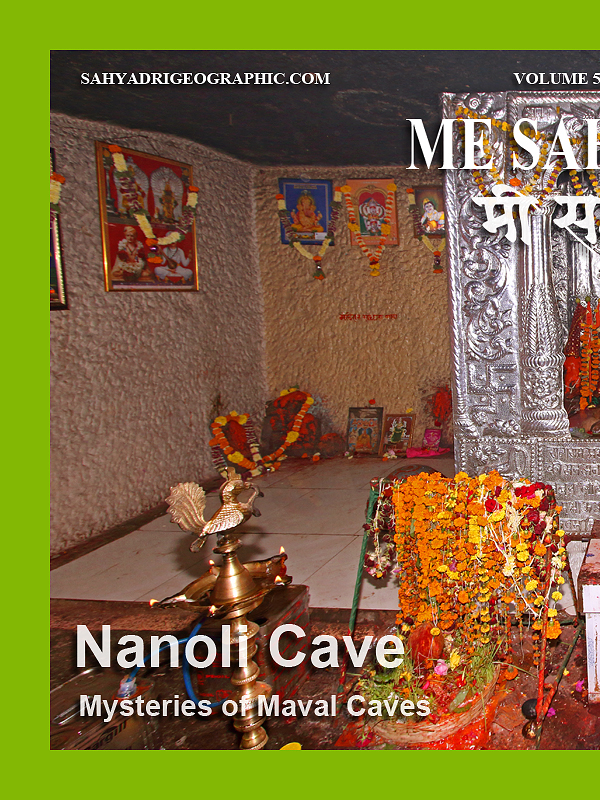 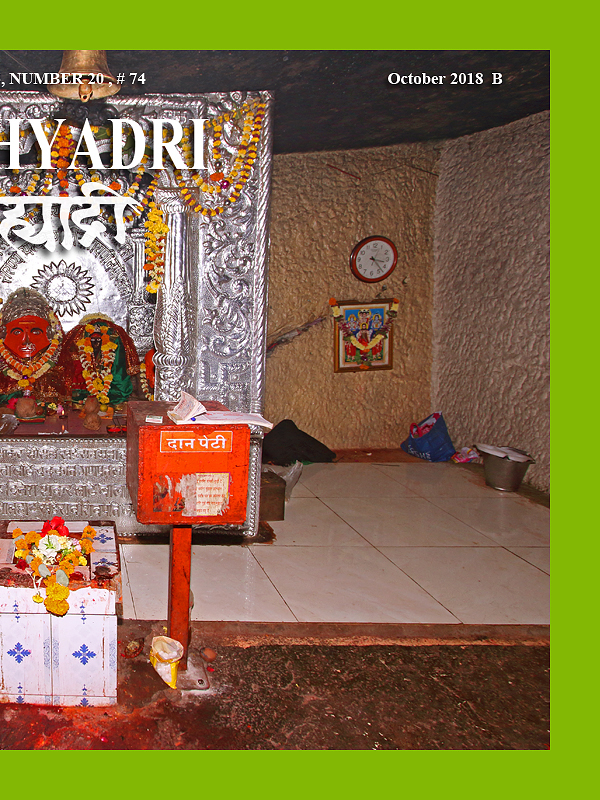
|
| |
| Me Sahyadri – October 2018 B
|
| |
|
|
मावळ लेणी मोहेमेचा सारांश :
मावळातील भाजे, बेडसे आणि कार्ले लेणी अप्रतिम आहेत. त्यामुळे या भागातील इतर लहान लेण्यांकडे फारसे कोणी फिरकत नाही. आम्ही चार समविचारी मित्रांनी मात्र या हरवलेल्या लेण्यांची शोधाशोध करण्याचे ठरवले. साईप्रकाश बेलसरे, निनाद बारटक्के, अमेय जोशी आणि विवेक काळे असा संघ तयार झाला. एकोणीसाव्या शतकात जेम्स बर्जेस आणि जेम्स फर्ग्युसन या दोन इंग्रज विद्वानांनी भारतातील लेणी धुंडाळली. त्यांनी १८८० साली "केव्ह टेम्पल्स ऑफ इंडिया" या पुस्तकाचे प्रकाशन केले. या पुस्तकात मावळातील लहान लेण्यांचा फारसा तपशिल नसला तरी, या मावळातील इतर लहान लेण्यांबद्दल ५-६ वाक्यांमध्ये आम्हाला त्रोटक का होईना माहिती मिळाली. त्यांनी उल्लेख केलेली, काही ठिकाण सापडली, तर काही ठिकाण काहीही केल्या सापडेनात. कदाचित न सापडलेली ठिकाण नष्ट झाली असावीत. पण मोहिमे दरम्यान नविन, ज्या ठिकाणांचा पुस्तकात उल्लेख नव्हता, पण ग्रामीण भागातल्या स्थानिकांना माहिती होती अशी ठिकाण सापडली.
जेम्स बर्जेस आणि जेम्स फर्ग्युसन या दोन इंग्रज विद्वानांनी लिहिलेल्या प्रत्येक शब्दाचा धागा म्हणुन वापर करायचे ठरले. कामांचे वाटप झाले.
शोध मोहिमेत लागणाऱ्या खाऊची सोय करणे, विषय आणि ठिकाणाचा आधी अभ्यास करणे, प्रवासाची सोय करणे, गावकऱ्यांकडे लेण्यांबद्दल चौकश्या करणे, मोहिमे दरम्यान गचपणातुन वाट शोधणे, लेण्याच्या अवशेषांची मोजमाप घेऊन त्याची चित्रे/नकाशे काढणे, छायाचित्रे काढणे, जि. पि. एस. यंत्रावर वाटेबद्दल माहिती नोंदवणे, लेण्यात लहान बारकावे शोधणे, लेण्यांचे विश्लेषण करणे, नोंदी करणे, अशी वेगवेगळ्या प्रकारची काम वाटुन घेण्यात आली.
प्रत्येक ठिकाणी जाताना, घरचा अभ्यास करावा लागला. जुनी पुस्तके, नकाशे धुंडाळले गेले. गावातल्या मित्रांची मदत झाली. गावागावात चौकश्या केल्या. गडद, लेणे, गुहा, कपार, भोगदा, विहार, पांडवांनी एका रात्री बनवलेली गुहा असे अनेक शब्द वापरुन चौकश्या झाल्या. बहुतेक वेळा असे काही नाही इथे ! तुम्ही कुठुन आलात ? असे उत्तर मिळाले. लेणे आहे का इथे कुठे असा प्रश्न विचारला तर आम्हाला बहुतेकांनी कार्ले/बेडसे/भाजे लेण्यांचा पत्ता दिला. पण बकऱ्या, गाई घेऊन डोंगरात फिरणारे गुराखी मात्र दरवेळेला मदतीला धाउन आले. वाटांचे आणि दिशांचे अंदाज मिळाले. जुजबी माहिती घेऊन ठिकाण शोधणे या प्रकाराचा चांगला सराव झाला. कधी काटेरी करवंदींच्या खालुन खुप सरपटाव लागल तर कधी घसाऱ्यावर हात टेकावे लागले.
लेण्यांमध्ये मोठे कोळी (स्पायडर), कातळ पाली, वटवाघळ, मधमाश्या, पाकोळ्या, घुबडं भेटले. आमच्या मुळे त्यांना उगाच त्रास झाला, असा अपराधीपणा वाटला. प्रत्येक शोधमोहिमेला यश आलेच असे नाही. काही ठिकाण सापडली नाहीत. तर काही ठिकाण आमच्याच मनाचे खेळ आहेत असे लक्षात आले. बहुतांश ठिकाणी कोणत्या ना कोणत्या प्रकारची जोखिम होती. वटवाघळ, लेण्यातील धुळ, काळोख, मधमाश्या, काटेरी वनस्पती, घसारा, गुहेतील ऑक्सिजन चा अभावआणि इतर न दिसणारे धोके यावर मात झाली. मोहिमेसाठी, विजेऱ्या, जि. पि. एस., मोजपट्या, दोऱ्या, लेजर यंत्र, नकाशे, गुगल मॅप, जाळीच्या टोप्या या सर्व जंत्रीचा उपयोग झाला. एकूण मिळुन २० नविन अपरिचित ठिकाण/वास्तु पहायला मिळाल्या, मावळाचा भुगोल जरा अजुन नीट लक्षात आला. नविन प्रश्न पडले आणि नविन कोडी सोडवयाला मिळाली. तर्क वितर्क झाले.
|
|
About the Maval Cave exploration :
The main caves in Maval region are so significant that other small hermit caves are often overlooked. We as a team of four like minded friends, decided to explore the Maval region for these small hermit caves. We explored and found few beautiful places. The very concept of creating a hermit cave somewhere high up in the hills is fascinating. These places often are full of tranquility and nothing else. With very little architectural evidences and clues, the academicians have obviously ignored these places. It was James Fergusson and James Burgess, during their exhaustive study of “Cave temples of India, 1880” mentioned few of these hermits in Maval region of Pune district. With the little clues and exhaustive investigation, team of four members, Saprakash Belsare, Amey Joshi, Ninad Bartakke and Vivek Kale started the exploration. The journey to locate, trek and analyse these hermit caves itself was fascinating. We met many villagers who were unaware of these places, but also met few shephards who were precisely aware of the hermits and gave us tentaive guidance.
There is a very brief mention about the misceleneous caves of Maval by James Fergusson and James Burgess in their work. Based on available information we decided to search these caves and monuments. The activities were planned. The food, travel , track exploration in difficult and routes full of foliage, enquiring the villagers about the caves, taking measurements and drawing skecthes and maps, photography, GPS data collection, making notes and analysing the information, observing the minor details of the caves etc activites were distributed amongst the team members. We met many bats, owls, geckos, lizards, large spiders, martins, honeybees during the treks. Often we felt sad that we disturbed them to see the caves. Most of these places are hazardous due to pitch darkness, bats, dust, thorny plants, honeybees, low oxygen level in caves and rock patches etc. Not all the attemps were successful. Sometimes we could not find the intended places and sometimes we realised that the cave was just our imagination and did not exist. Nevertheless we saw about 20 new strange caves/monuments during the exploration. The high intensity torches, GPS tool, measuring tapes and measuring laser tool, Honeybee protection caps, maps, google maps, photographs etc were useful during the mission.
In this photoessay, I have compiled the information and photographs of Nanoli Caves, Maval, amazing, simple but questions-thrower cave.
|
|
|
| |
  |
| The banner has been published here to improve the awareness of the trekkers and tourists visiting the various mountain forts, mountains in north western ghats. Please avoid accidents, by following good outdoor ethics such as no swimming in cisterns at mountain forts, no rock climbing without proper technical equipment and expertise. Please do not adventure, trek with any group or individually without understanding the risks associated. The frequency of the solo trekker fatalities have increased recently. Please strictly avoid solo treks. Please also avoid treks to mountains in large commercial groups, as it leads to damage to biodiversity of these high elevation ecological islands. Please respect the wildlife and biodiversity of the region. This has become more important as the ever increasing human interference is leading to severe damage to fragile ecosystems. Please be aware of the wildlife and biodiversity of the mountains before visiting these mountains. Please follow outdoor ethics. Follow ASI and Forest department rules. The concept of use of symbols for outdoor ethics was conceived and designed by "Sahyadri Trekker Bloggers Group". |
| |
|
|
| |
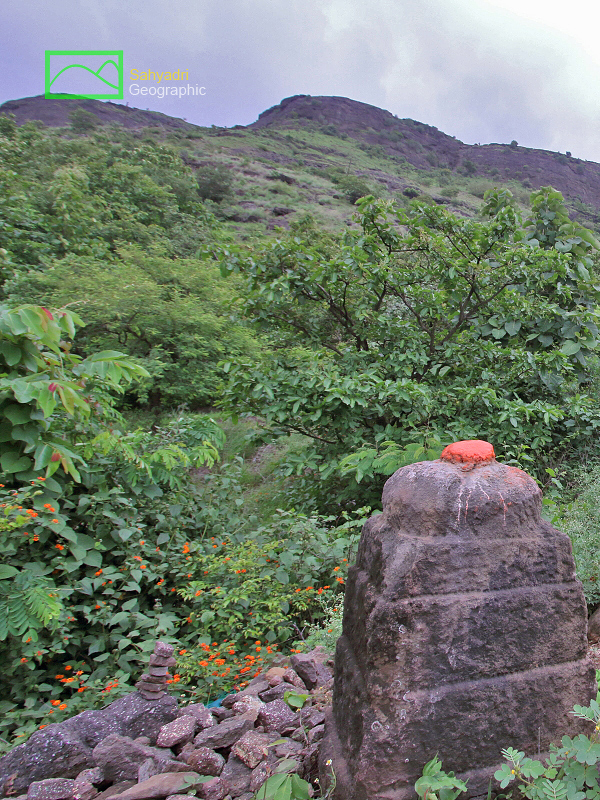 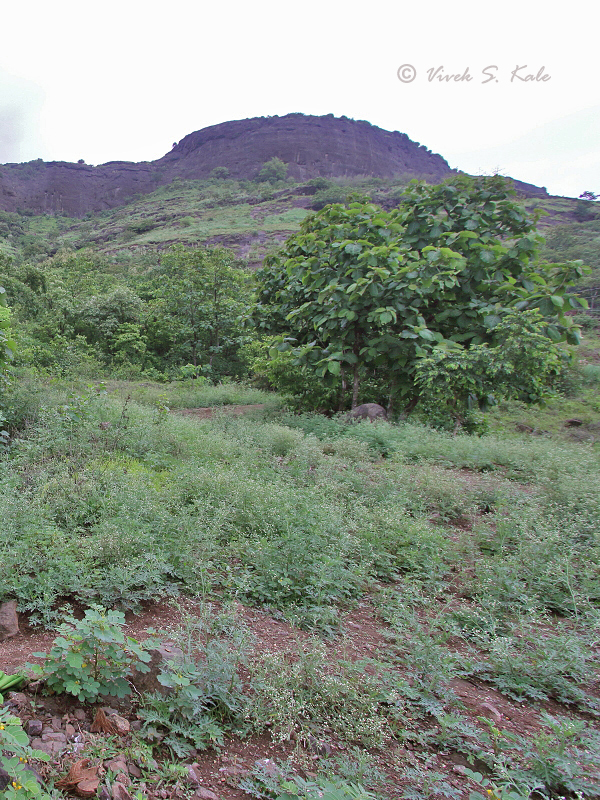 |
| |
| 1. Nanoli Caves, Maval Tehsil, Pune district, Maharashtra, India |
| |
|
|
| |
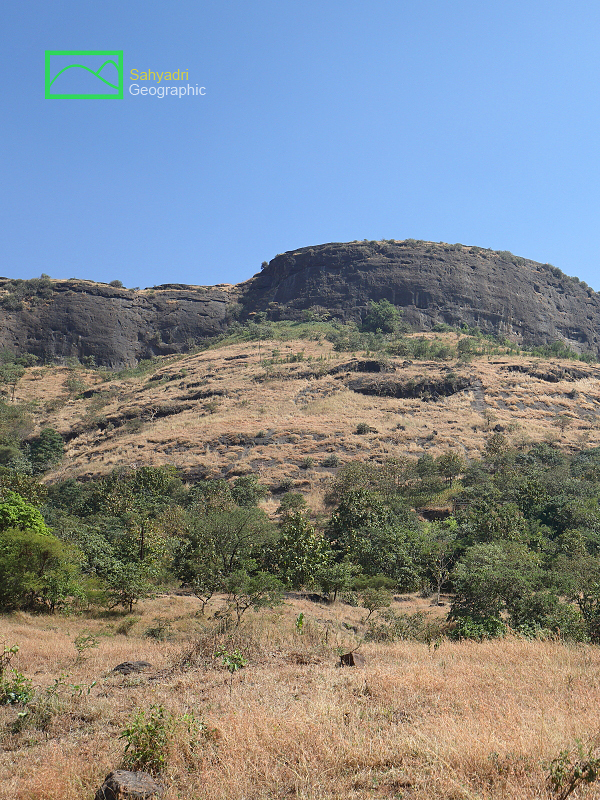 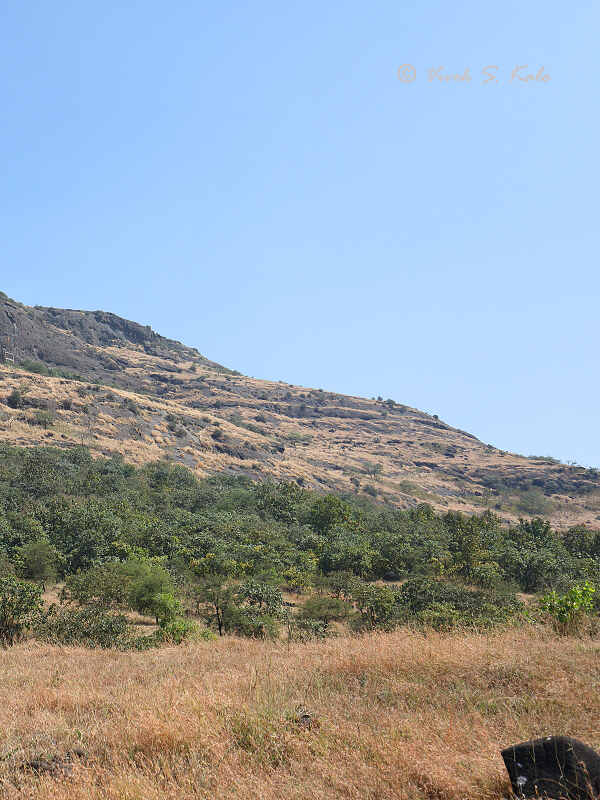 |
| |
| 2. Nanoli Caves, Maval Tehsil, Pune district, Maharashtra, India |
| |
|
|
पुणे जिल्ह्यात, मावळ तालुक्यात कार्ले, भाजे आणि बेडसे येथे डोंगरांवर दगडात लेणी कोरली आहेत. मावळात या भागात, इतरत्र सुद्धा लहान विहार आणि लेणी आहेत. यातील एक लहान लेणी नानोली गावाजवळ डोंगरात आहे.
|
|
Around the famous Karle, Bhaje and Bedse Caves in Maval Tehsil of Pune district there are many smaller hermit caves in the hills. One of the interesting wonderful hermit is located in the hill near village called as Nanoli Tarf Chakan.
|
|
|
| |
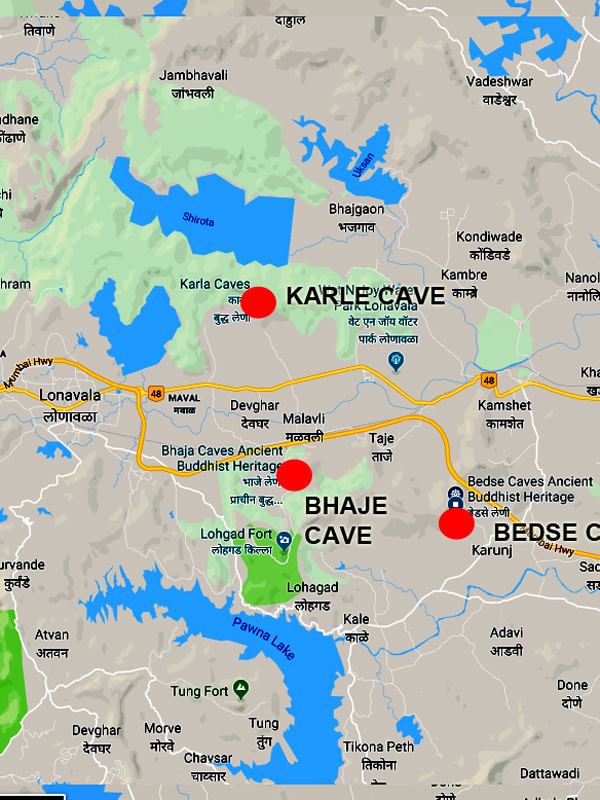  |
| |
| 3. Map of region, Nanoli Caves, Maval Tehsil, Pune district, Maharashtra, India |
| |
|
|
नानोली गाव महाराष्ट्र राज्यात, पुणे जिल्ह्याच्या मावळ तालुक्यात तळेगाव दाभाडे च्या पश्चिमेला वसलेले आहे. जवळच नवलाख उंबरे हे महत्वाचे व्यापारी मार्गांवर वसलेले गाव आहे. नानोली गावाजवळ असलेल्या डोंगरावर नानोली लेणी आहेत. मावळात नानोली नावाची दोन गाव आहेत. या लेखात "नानोली तर्फ चाकण" या गावाजवळील लेण्यांची माहिती मांडली आहे.
या भागात भंडारा, भामचंद्र आणि शेलारवाडी येथे नंतरच्या काळातली हीनयान बुद्ध लेणी आहेत. गावापासून अंदाजे १५० मीटर उंचीवर नाणोली लेणे कोरले आहे.
|
|
Nanoli is a village in Maval Taluka, north west of Talegaon Dabhade, in Pune district in the state of Maharashtra in India. There are two villages with name Nanoli in Maval. The subject Nanoli village where the caves are high up in the hill, is “ Nanoli Tarf Chakan”. The village is located at the base of the isolated hill on the Deccan plateau. Another important village Navlakh Umbre, which happned to be the junction of several trade routes is located near Nanoli hill. There are several other caves in this region at Shelarwadi, Bhandara and Bhamchandra hills. Most of these caves are late Hinayana Buddhist caves. Nanoli cave is located at about 150 meter above the level of the village.
|
|
|
| |
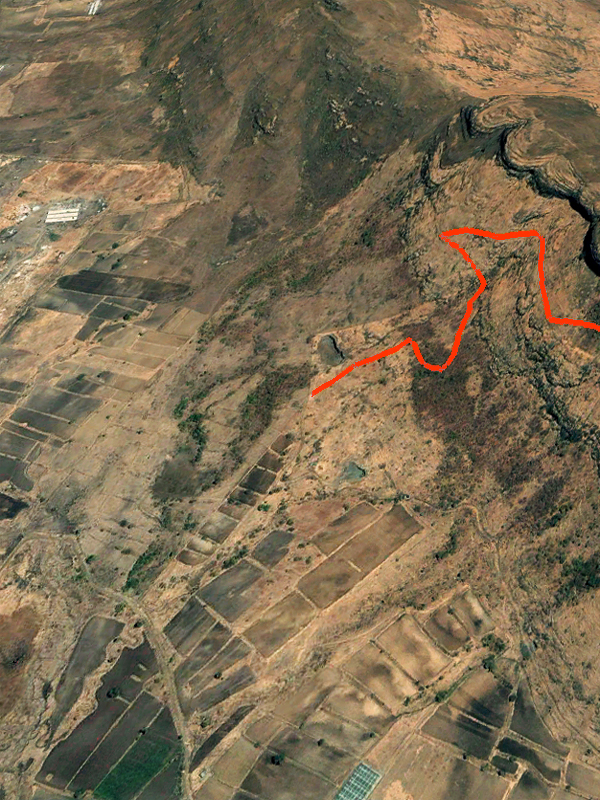 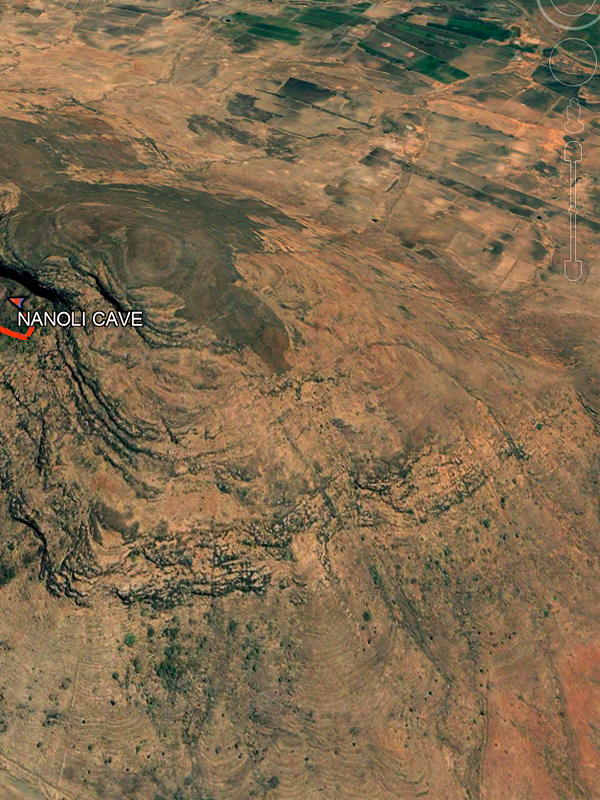 |
| |
| 4. Map of region, Nanoli Caves, Maval Tehsil, Pune district, Maharashtra, India |
| |
|
|
| |
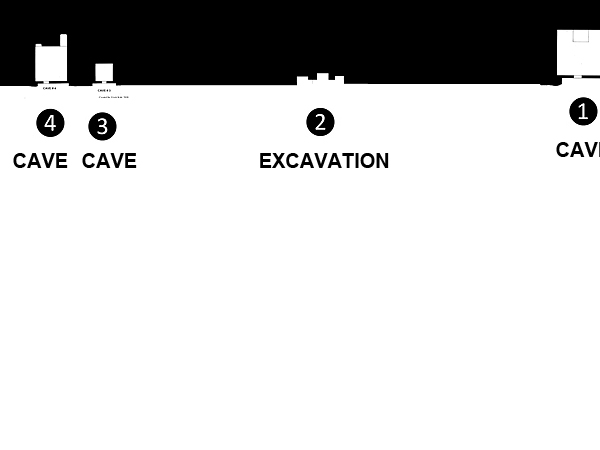 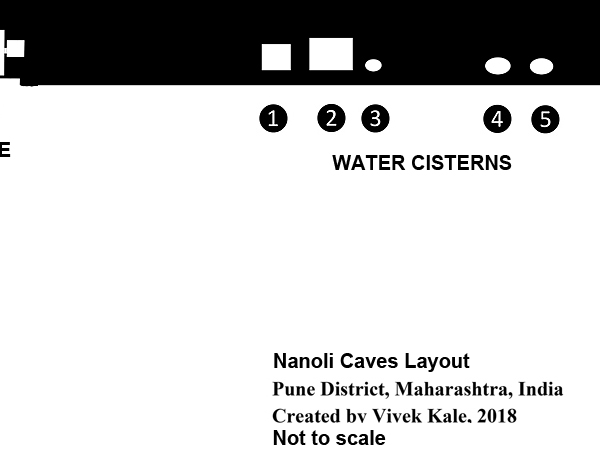 |
| |
| 5. Layout - Nanoli Caves, Maval Tehsil, Pune district, Maharashtra, India |
| |
|
|
लेणे क्रमांक १ : नाणोली गावाच्या उत्तरेला असलेल्या डोंगरावर उंचावर कड्यात नाणोली चे लेणे क्रमांक १ कोरले आहे. हे लेणे पश्चिम मुखी आहे. लेणे कड्यात उंचावर आहे. तेथे पोहोचण्यासाठी दगडात कोरलेल्या पायऱ्या आढळतात. कदाचित पूर्वी त्याच्या वर लाकडी जिन्याचा वापर होत असावा. समोरच्या अंगणाच्या पातळीवर अंदाजे १२ मीटर उंचीवर कड्यात लेणे आहे. मध्यंतरी गावकऱयांनी येथे लोखंडी जिना बसविला होता. सध्या येथे काँक्रीट चा अवाढव्य जिना बांधला आहे. येथे फिरंगाई देवीचे ठाणे आहे. लेण्यात आतल्या बाजूला एक देवारा आहे. यात फिरंगाई देवीचा तांदळा आहे. एक मूर्ती आहे. इतर लहान तांदळे आहेत. लेण्यात एक मोठे दालन आहे. दक्षिण बाजूला एक अंतर्गत विहार आहे. विहारात आणि दालनात बाक नाही. लेण्यात कोणतेही बौद्ध नक्षीकाम नाही. देवीच्या चौथऱ्या ची मूळ रचना कशी होती हे समजत नाही. हा डोंगर प्राचीन व्यापारी मार्गाजवळ आहे. या भागातील नंतरच्या काळात कोरल्या गेलेल्या इतर काही हीनयान बौद्ध लेण्यांमध्ये आणि या लेण्यात काही समानता आहेत. यावरून एक अंदाज बांधता येतो कि हे लेणे बौद्ध असावे. लेणे एवढे वर कातळात का कोरले हा एक प्रश्न आहे. कदाचित काताळातला एखादी भेग टाळण्यासाठी किंवा मुद्द्दामच जमिनीपासून अंतर राखण्यासाठी असे केले असावे.
लेणे क्रमांक २ : नाणोली गावाच्या उत्तरेला असलेल्या डोंगरावर उंचावर कड्यात नाणोली चे लेणे क्रमांक १ कोरले आहे. हे लेणे पश्चिम मुखी आहे. या लेण्याच्या उत्तरेला अजून एक लहान कोरीव काम आहे. कातळात उंचावर ६० ते ८० फूट उंचावर एक लेणे कोरण्याचा प्रयत्न अर्धवट सोडलेला दिसतो. कातळात कड्यावर असे कोरीव काम कसे केले असेल हा एक प्रश्न आहे.
लेणे क्रमांक ३ : लेणे क्रमांक १ च्या उत्तरेला अजून एक लहान विहार आहे. विहाराची रचना साधी आहे. या विहारात बाक नाही. येथे कोणतेही नक्षीकाम नाही. सध्या येथे हनुमान देवतेची स्थापना केली आहे. .
लेणे क्रमांक ३ : हे लेणे पश्चिम मुखी आहे. लेणे क्रमांक २ च्या उत्तरेला अजून एक लहान विहार आहे. विहाराची रचना साधी आहे. याचे काम अर्धवट सोडले आहे. दर्शनी भाग कोसळलेला आहे. या विहारात बाक नाही. येथे कोणतेही नक्षीकाम नाही.
पाण्याच्या टाकी क्रमांक १,२,३,४,५ : लेणे क्रमांक १ च्या दक्षिणेला कड्यात थोड्या थोड्या अंतरावर तीन पाण्याची टाकी आहेत. पहिली ३ टाकी पायवाटेच्या ५ मीटर उंचावर कड्यात आहेत . पहिली २ टाकी कड्यात झाकलेली आहेत. पहिली दोन टाकी मोठी आहेत. तिसरे टाके लहान असून ते बुजले आहे. त्यात पाणी साठत नाही. चौथे आणि पाचवे टाकी लहान आहेत.
या पाच टाक्यांमध्ये एकूण ४०००० लिटर पाणी मावते. एवढे पाणी जेमेतेम ४० लोकांना ९ महिने पिण्यासाठी पुरु शकते.
टाकी सुद्धा पायवाटेच्या वर एवढ्या उंचीवर अवघड ठिकाणी का बांधले असावे हा एक प्रश्न आहे.
|
|
Cave#1: High up in the scarp in the hill north of Nanoli village there is a cave#1 of Nanoli cave complex. This cave is located high up in the scarp. One can see few rock cut steps on the north side of the cave#1,in scarp. There was probabaly a further extension of wooden stairs to reach the cave. Recently the steel stairs have been replaced by gigantic RCC stairs structure to reach the caves, by locals. There is a shrine of Hindu deity Firangai godess in this cave. The cave is simple hall with an internal cell on one side. There are no traces of Stupa or any other Buddhist symbol in the cave. So one can only guess that the original cave was Buddhist based on the architecture and few similarites of this cave with other caves in this region. There are no benches in this cave. The cave is located close to the ancient trade route. The cave is void of any ancient ornamentation. The front of the cave has lots of slots above the door, indicating some kind of wooden structure in front of the cave. It is strange to see that the cave is not made at the ground level but at some elevation, either to avoid geological defect at lower level or to intentionally keep distance from ground level.
.
Excavation#2: Further north of the Cave#1, there is some excavation work done at the height of about 60-80 feet above the ground level in the scarp. It is probabaly for the planned chaityagriha, which seems to have been left incomplete. The initialisation of the excavation work at such a height above the ground level invites many questions about the system used by the excavators then for such a difficult start of excavation work without modern tools. Gigantic scafolding must have been made so that the excavators can reach such a high location on the vertical scarp.
.
Cave#3: Further north of the Excavation#2, there is a small cave which is a single cell with door. This cave does not have any ornamentation and does not have any bench. Now there is amodern Hindu deity Hanuman in this cave.
Cave#4: Further north of the Cave#3, there is a small incomplete cave which is a single cell with door. This cave does not have any ornamentation and does not have any bench. The front wall of the cave is partially broken.
Cistern#1,2,3,4,5: Further south of the Cave#1, there are three small water cisterns. The cistern#1 is located high up in the scarp, about 5 meter above the walkway. It is partially underground cistern of rectangular size. Further south there is another water cistern#2, at the same level as that of cistern#1.It is partially underground cistern of rectangular size. Further south there is another water cistern#3, at the same level as that of cistern#1,2. It is open cistern of irregular size. It is filled with soil and seems that it does not hold water. The fourth and fifth water cisterns, which are very shallow potsized, are located further south of cistern#3, at some distance. These water cisterns can hold about 5000, 30000, 1500, 1800 and 1500 liters of water respectively. This amount of water about 40000 liter may suffice 40 number of people for their drinking water need over the period of 9 months.
|
|
|
| |
 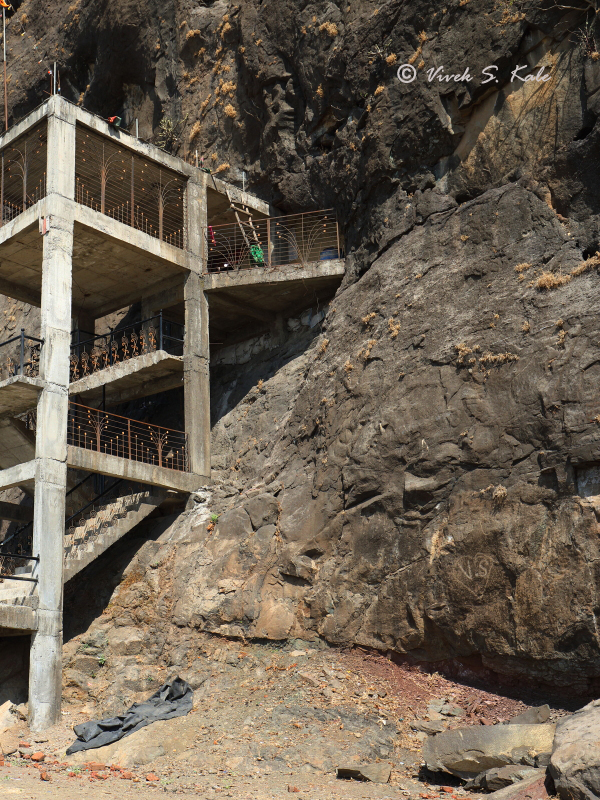 |
| |
| 6. Nanoli Caves, Maval Tehsil, Pune district, Maharashtra, India |
| |
|
|
| |
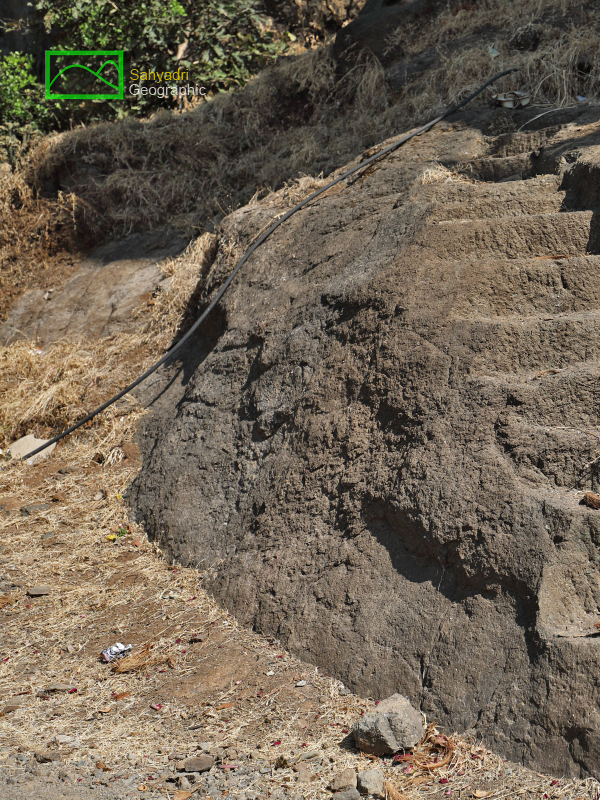 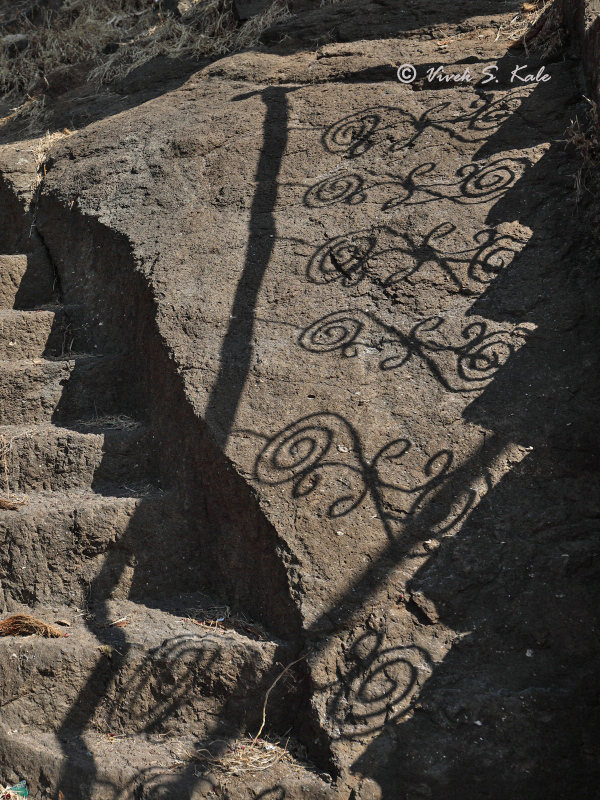 |
| |
| 7. Nanoli Caves, Maval Tehsil, Pune district, Maharashtra, India |
| |
|
|
| |
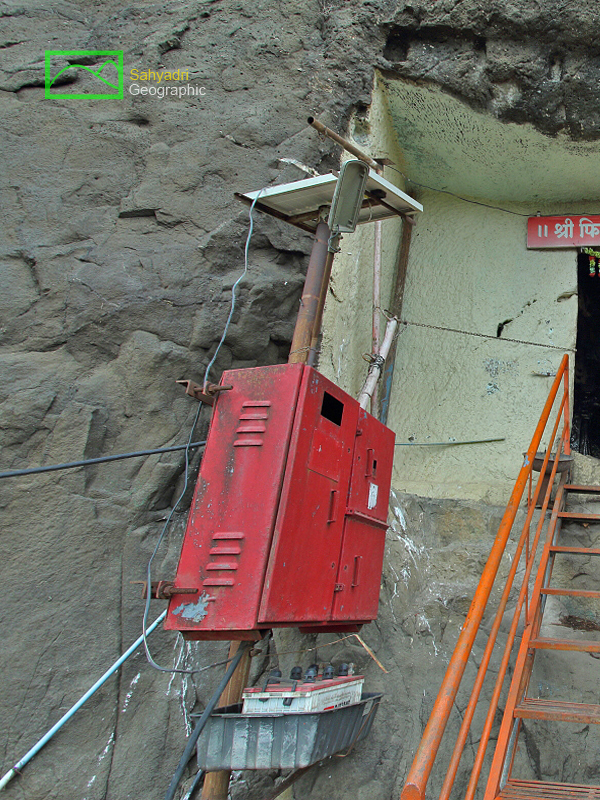 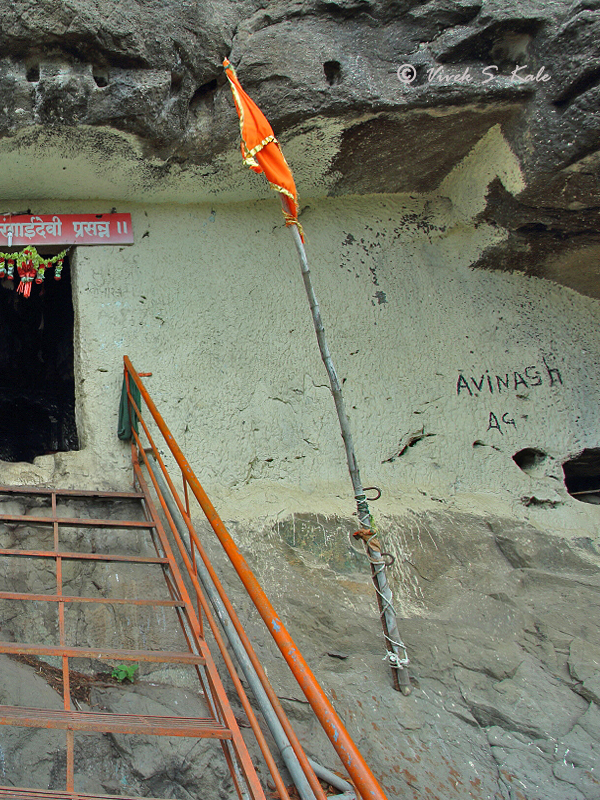 |
| |
| 8. Cave#1, Nanoli Caves, Maval Tehsil, Pune district, Maharashtra, India |
| |
|
|
पुणे-सोलापूर रस्त्यावर कुरकुंभ नावाचे एक गाव आहे. डी.डी. कोसंबी यांनी त्यांच्या "Myths and Reality" या शोध निबंधात नमूद केले आहे की, "कुरकुंभ गावाची देवी फिरंगाई देवीची इतर देवळे सासवड जवळ हिवरे आणि देहू लष्करी कोठारांजवळ नानोली येथे बौद्ध लेण्यात आहेत. फिरंगाई देवी तीन बहिणींपैकी एक बहीण आहे. तुळजापूरची देवी आणि राशींनची अंबाबाई या फिरंगाईच्या दोन बहिणी आहेत. पुणे -सोलापूर रस्त्यावर कुरकुंभ या दुर्लक्षित गावात मध्ययुगीन मंदिरात देवीची पूजाअर्चा केली जाते. देवळात एका न्हावी समाजातील उपासकाच्या पादुकांची पूजा केली जाते. या उपासकाने आपले बलिदान दिल्याची कथा सांगितली जाते. डोंगराच्या माथ्यावरच्या देवळात देवीचा तांदळा आहे. देवळात न्हावी समाजाला मान आहे. पठारावर आजही क्षुद्राश्म आढळतात. ओढ्याजवळ, धोंड गावाकडे जाणाऱ्या देवीच्या पालखीच्या वाटेवर सुद्धा क्षुद्राश्म आढळतात. हे गाव नक्कीच प्राचीन वाटांवर वसलेले असावे. पण येथे फिरंगाई देवी पहिली देवता नाही. पठाराच्या पूर्व टोकाला एक जीर्ण देऊळ आहे. या लहान देवळात झणझणी देवी आहे. लहान देवळासमोर मोठा दीप स्तंभ आहे. झणझणी देवीची पूजा माळी समाजातील लोक करतात. या भागातील धर्माडी आणि कुर्माडी या आज अस्तित्वात नसलेल्या गावातील लोकांची झणझणी मुख्य देवता होती. कोणत्या तरी आक्रमणात या गावातील लोकांचे जीव गेले. पठाराच्या या भागात बरेच सुक्षाश्म आढळतात. देवीची पालखी वेताळाच्या देवाजवळ थांबते. पण देवी आणि वेताळाचे एकमेकांशी असलेले वैर पहाता, येथे कदाचित आधी वेगळी देवता असावी. नानोली गावाजवळ सुद्धा खूप सुक्षाश्म आढळतात. येथे प्राचीन मार्ग होते. या लेण्यात बौद्धांनी लेणे बनविण्या आधी कोणीतरी आदिम देवता असावी. नंतरच्या काळात या आदिम देवतेच्या आठवणीत फिरंगाईची प्रतिष्ठापना झाली असावी.”
|
|
On Pune-Solapur road, there is a village called as Kurkumbh. D.D. KOSAMBI has mentioned in his essay myhtha and reality, that “The goddess of Kurkumbh, Phirangai, whose representatives appear as far away as Hivre (above Sasvad) and in the once Buddhist caves at Nanoli beyond the military depot of Dehu, is one of three great ‘Sisters' (the others being the Devi of Tuljapur and the Amba-bai of Rasin). The Poona-Sholapur road leads to the medieval shrine in a rather neglected village. The original site of Phirangai's advent from Tulajapur was on the plateau back of the village, to which she accompanied a devotee of the barber caste. The grateful devotee had himself beheaded in sacrifice to the goddess on a spot which is still marked with his paduka (footprints) and by a crude representation of the goddess. The cult-object in the later hill-top temple is a shapeless tandala. The barber caste still holds the place of honour, above the gurav temple priest, at the shrine. The plateau is littered with microliths, which are also found in and beyond the watercourse by the village, and by the side of the road along which the annual procession of the goddess goes six miles to the river at Dhond. The place was certainly at a crossing of neolithic tracks. Phirangabai was not the first divine occupant of the plateau, for the eastern end has a tiny dilapidated shrine of the unusual goddess Jhanjhani, with a disproportionately large aipa-stambha light-pillar. Jhanjhani, still worshipped by people of the Mali caste for miles around, was (traditionally) the main deity of two extinct villages just below: Dharmadi and Kurmadi, whose people were massacred in some forgotten raid. That end of the plateau is the richest in microliths. When the goddess sets out for the riverside, the palkhi is first deposited as a marie of respect by the Vetal stone behind her hilltop temple. In view of the enmity between Vetal and all women, this is undoubtedly homage to a previous deity of the spot. The location of the Nanoli caves is explained by the rich microlith track that passes just below, extending for miles in either direction. The Buddhists only displaced some primitive deity whose memory is perpetuated by the imported Phirangabai cult.”
|
|
|
| |
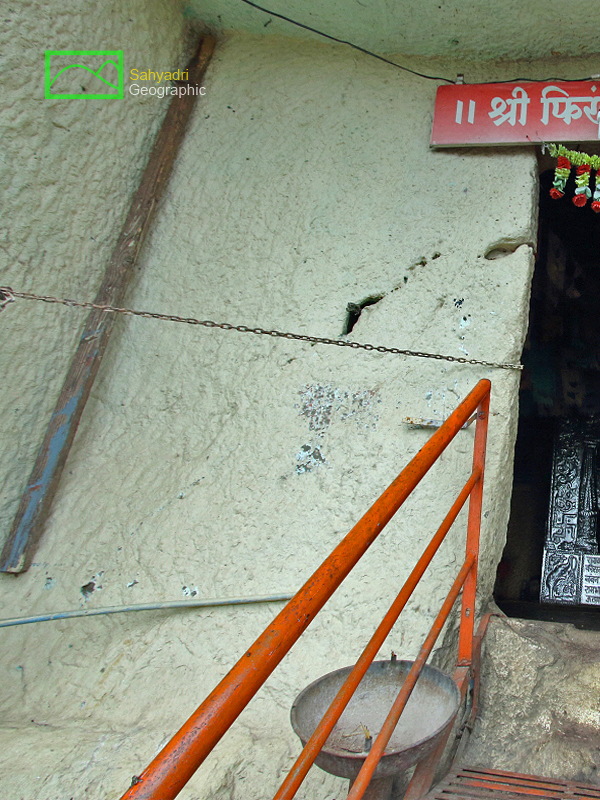 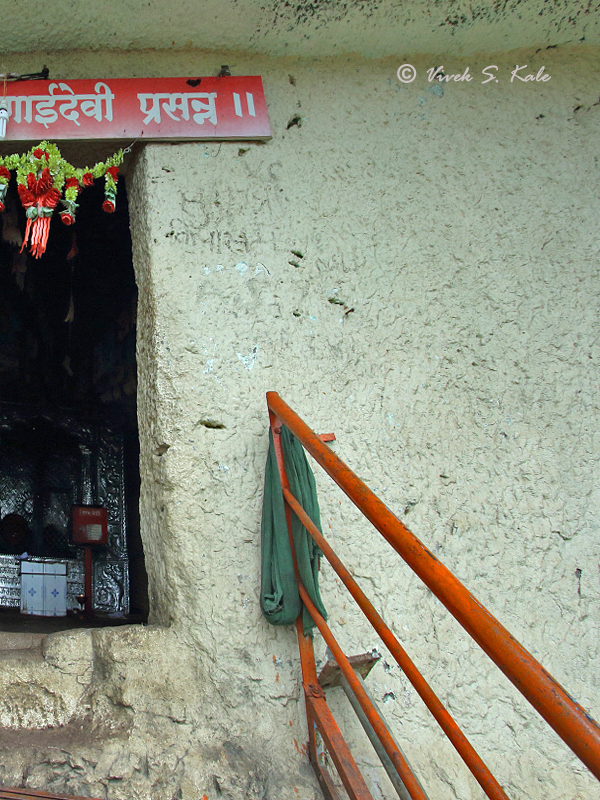 |
| |
| 9. Cave#1, Nanoli Caves, Maval Tehsil, Pune district, Maharashtra, India
|
| |
|
|
| |
 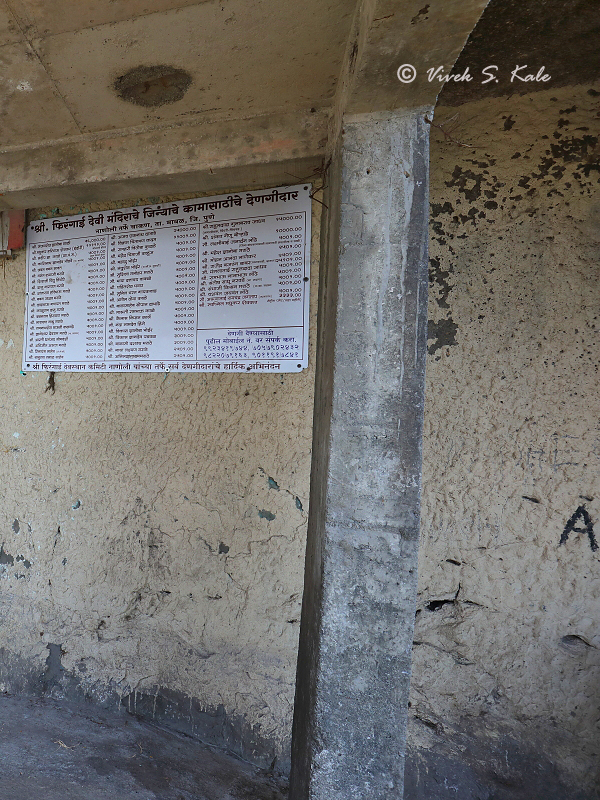 |
| |
| 10. Cave#1, Nanoli Caves, Maval Tehsil, Pune district, Maharashtra, India
|
| |
|
|
| |
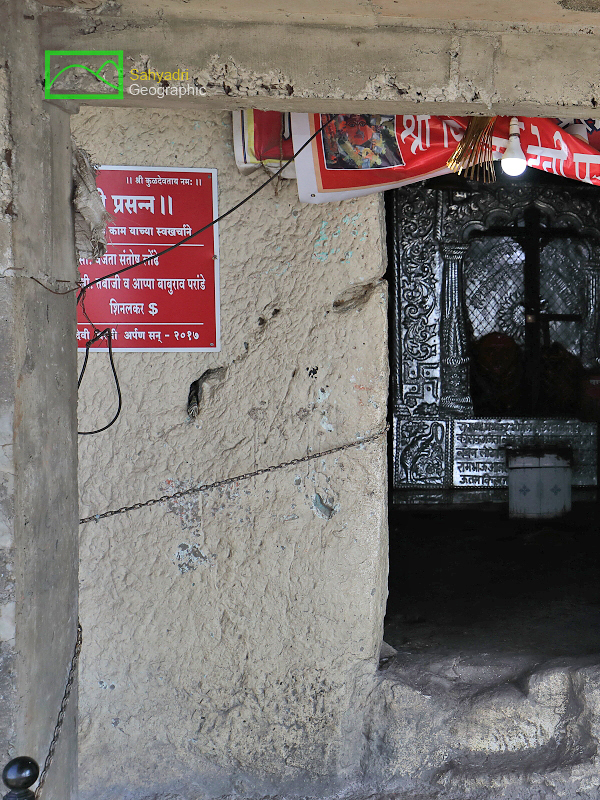 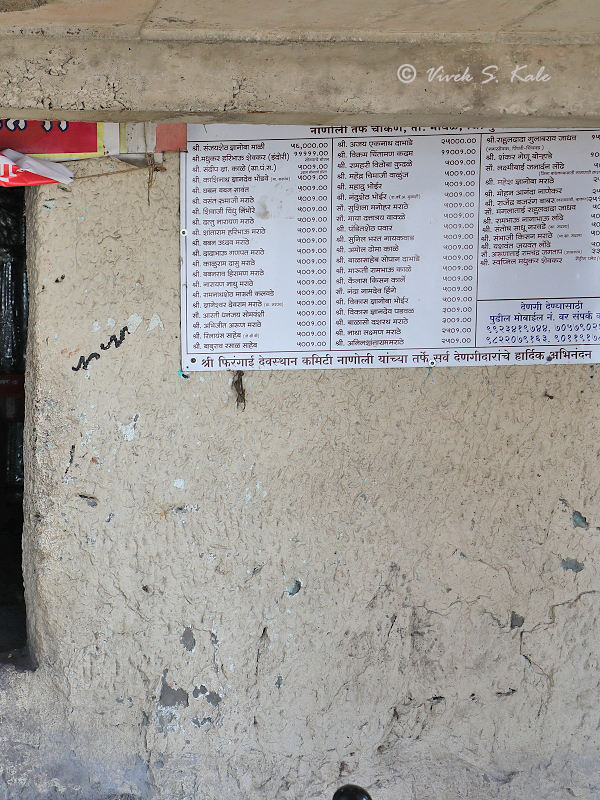 |
| |
| 11. Cave#1, Nanoli Caves, Maval Tehsil, Pune district, Maharashtra, India
|
| |
|
|
| |
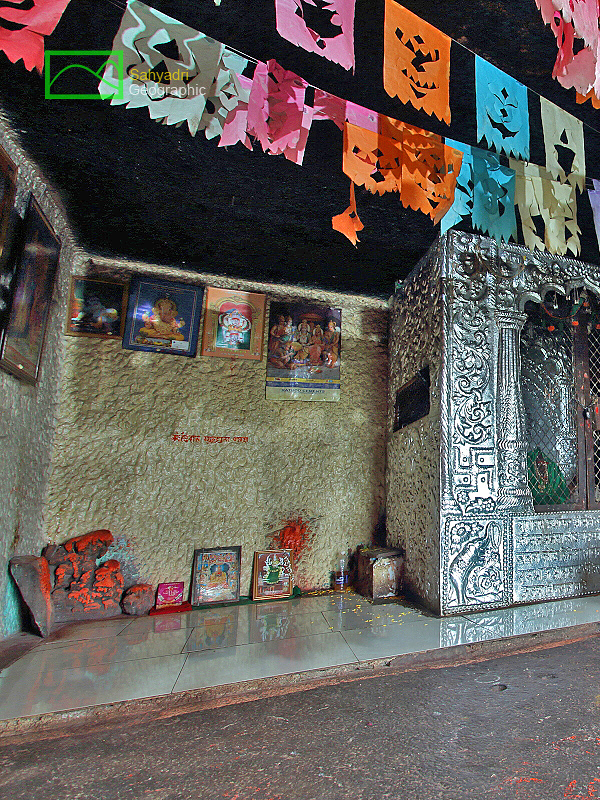  |
| |
| 12. Firangai Godess, Cave#1, Nanoli Caves, Maval Tehsil, Pune district, Maharashtra, India
|
| |
|
|
| |
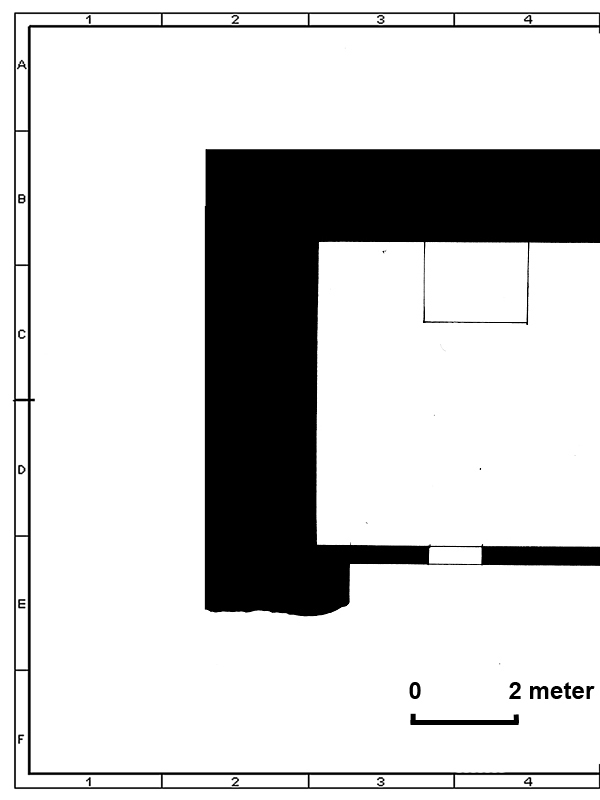 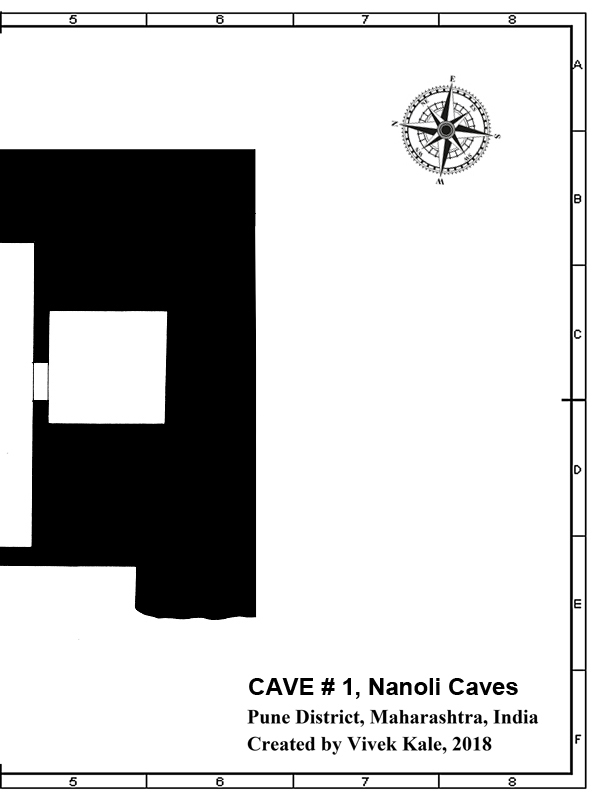 |
| |
| 13.Layout of Cave#1, Nanoli Caves, Maval Tehsil, Pune district, Maharashtra, India
|
| |
|
|
| |
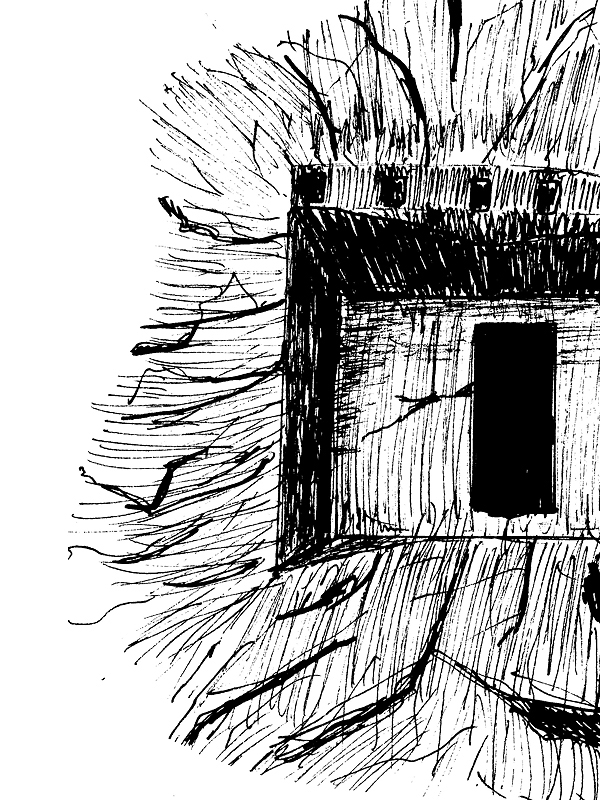  |
| |
| 14. Cave#1 before modernisation, Nanoli Caves, Maval Tehsil, Pune district, Maharashtra, India
|
| |
|
|
| |
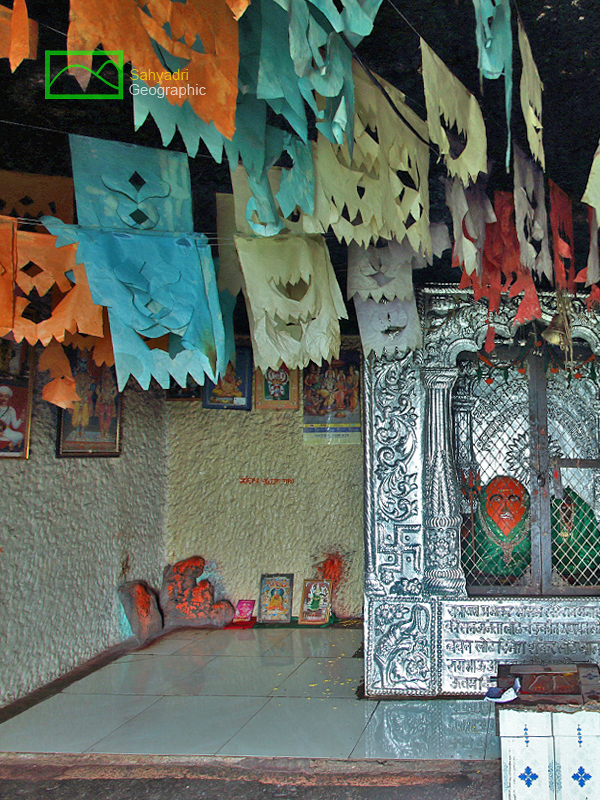 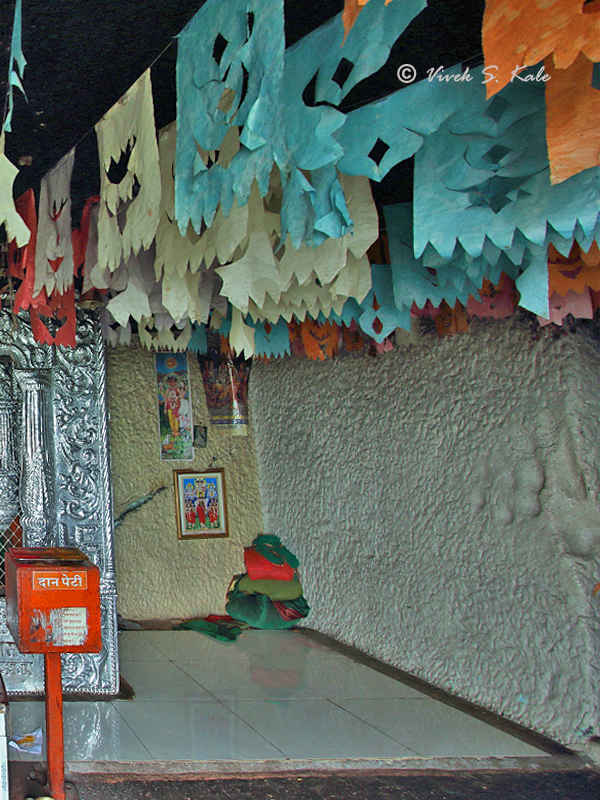 |
| |
| 15. Firangai Godess, Cave#1,Nanoli caves, Maval Tehsil, Pune district, Maharashtra, India
|
| |
|
|
येळघोळ च्या लांब बाकाकडे पहाता येथे खूप उपासक जमा होत असावेत. अभ्यासासाठी किंवा एखाद्या धार्मिक विधी साठी ते जमा होत असावेत. येथे अंदाजे २०-२५ उपासक बाकावर बसू शकतील एवढी या बाकाही रुंदी आहे.
|
|
The long bench at Yelghol suggests that many people used to gather here either for some ritual or for some function.
|
|
|
| |
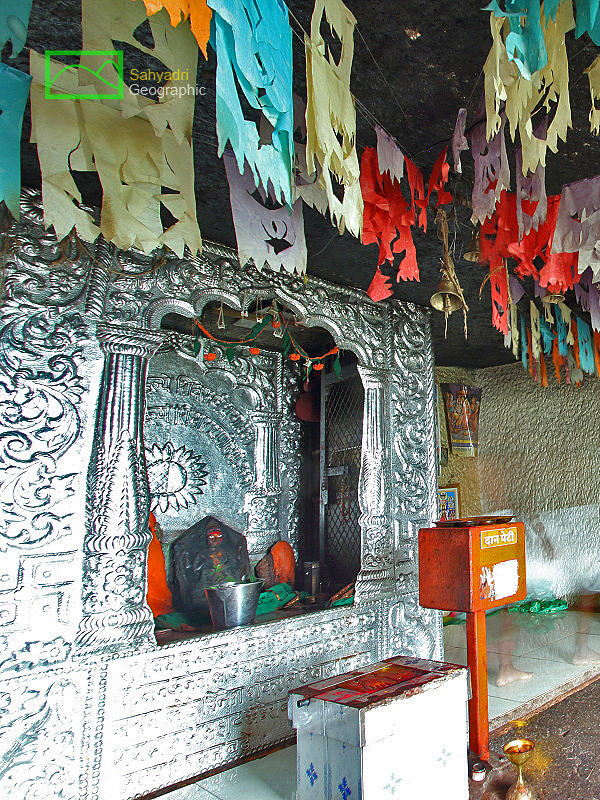  |
| |
| 16. Firangai Godess, Cave#1, Nanoli Caves, Maval Tehsil, Pune district, Maharashtra, India |
| |
|
|
| |
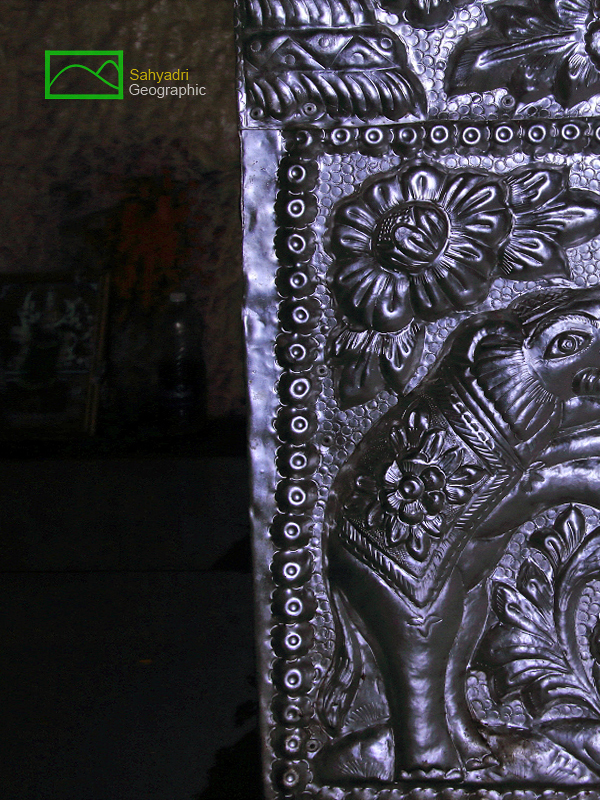 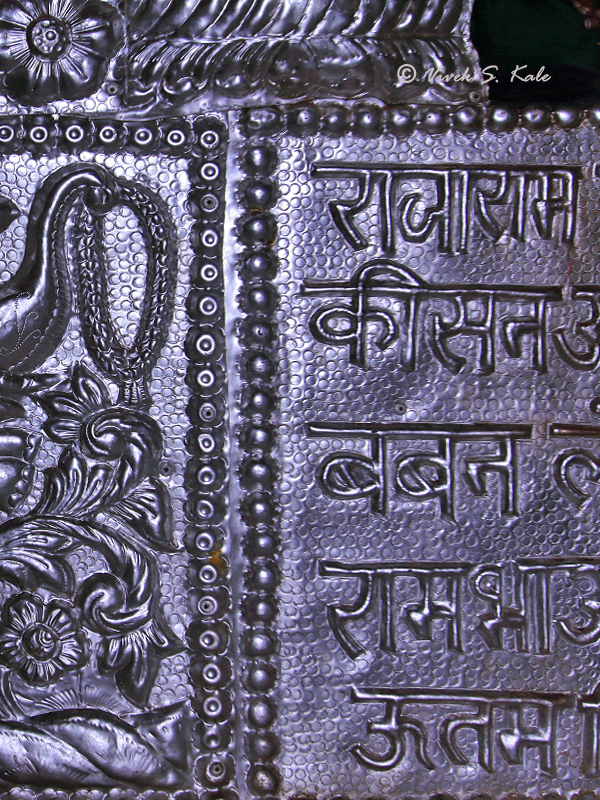 |
| |
| 17. Firangai Godess decoration on enclosure, Cave#1, Nanoli Caves, Maval Tehsil, Pune district, Maharashtra, India |
| |
|
|
| |
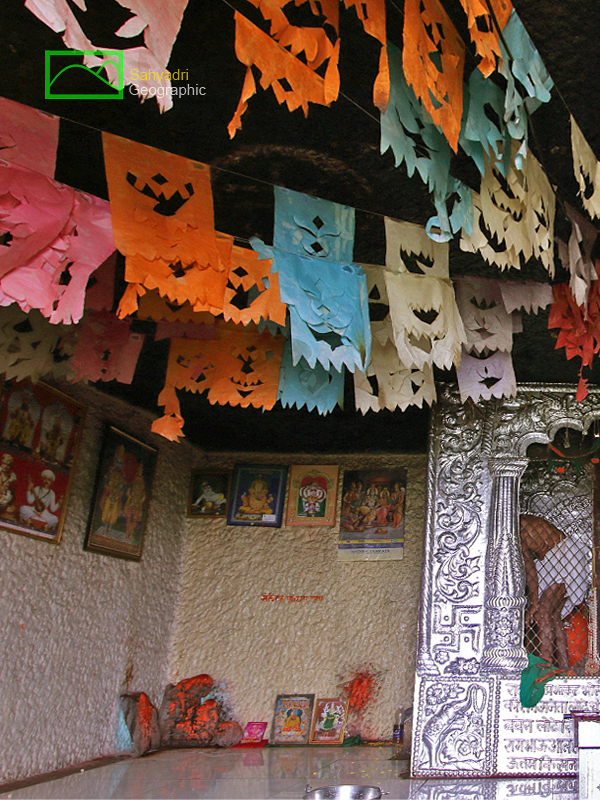  |
| |
| 18. Firangai Godess, Cave#1, Nanoli Caves, Maval Tehsil, Pune district, Maharashtra, India |
| |
|
|
| |
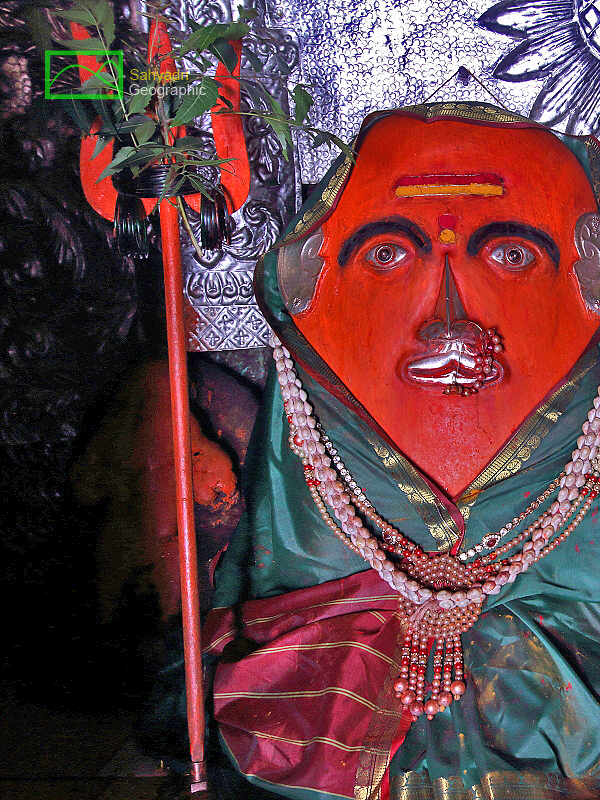 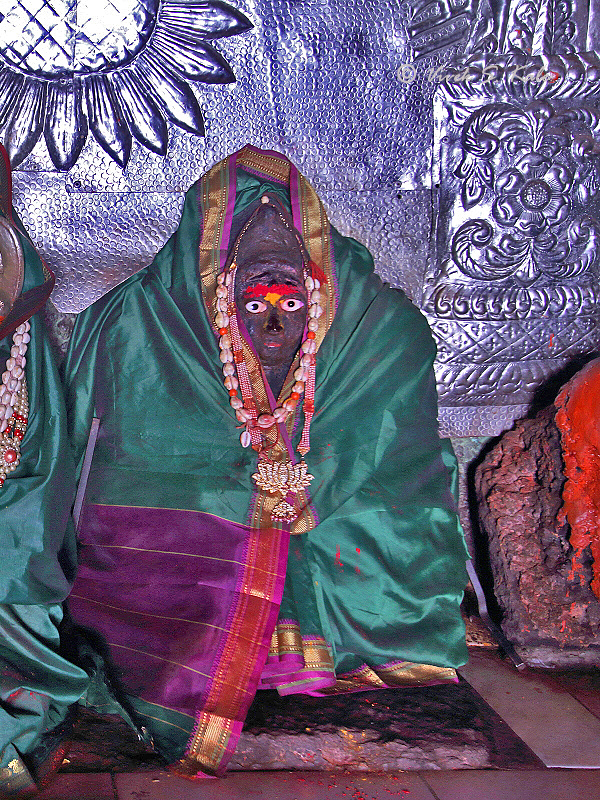 |
| |
| 19. Firangai Godess, Cave#1, , Nanoli Caves, Maval Tehsil, Pune district, Maharashtra, India |
| |
|
|
| |
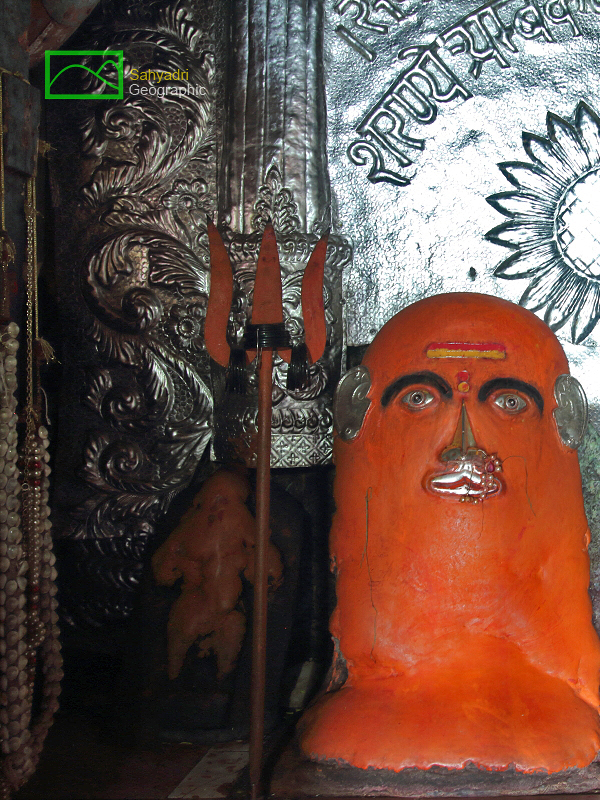 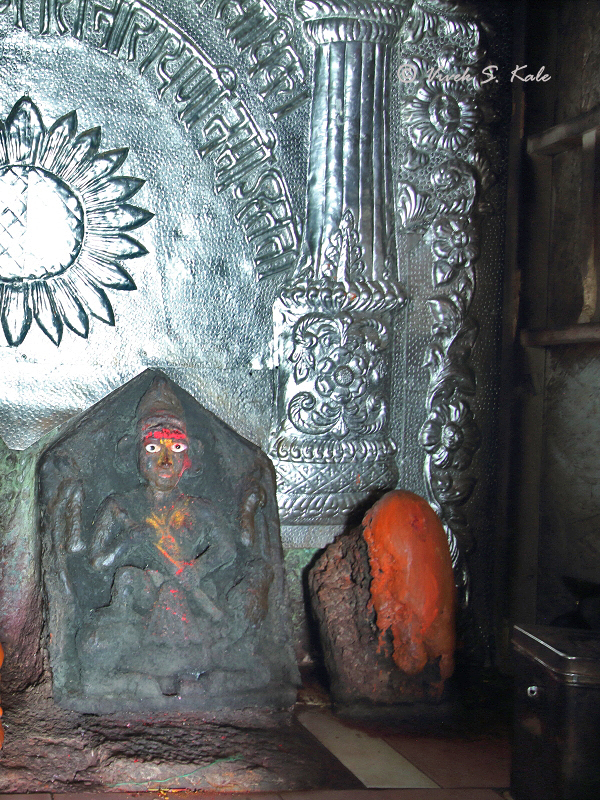 |
| |
| 20. Firangai Godess, Cave#1, Nanoli Caves, Maval Tehsil, Pune district, Maharashtra, India |
| |
|
|
| |
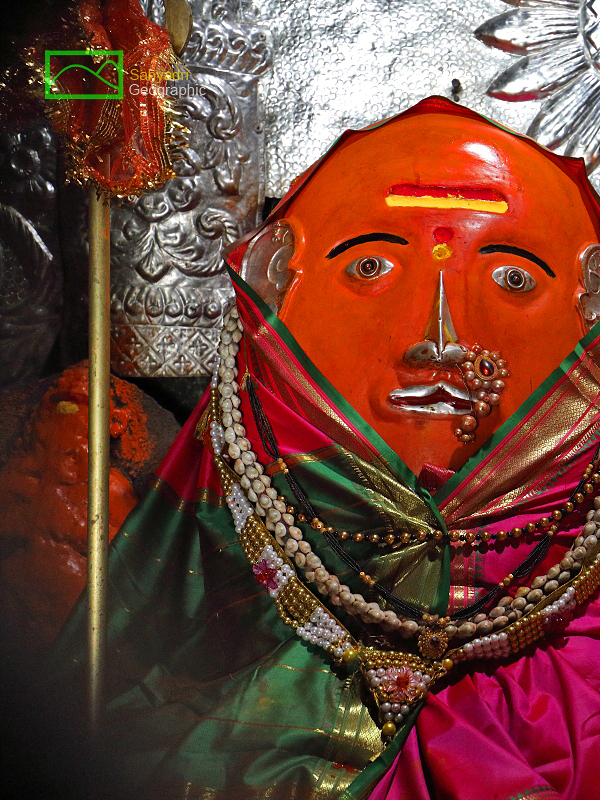  |
| |
| 21. Firangai Godess, Cave#1, Nanoli Caves, Maval Tehsil, Pune district, Maharashtra, India |
| |
|
|
| |
 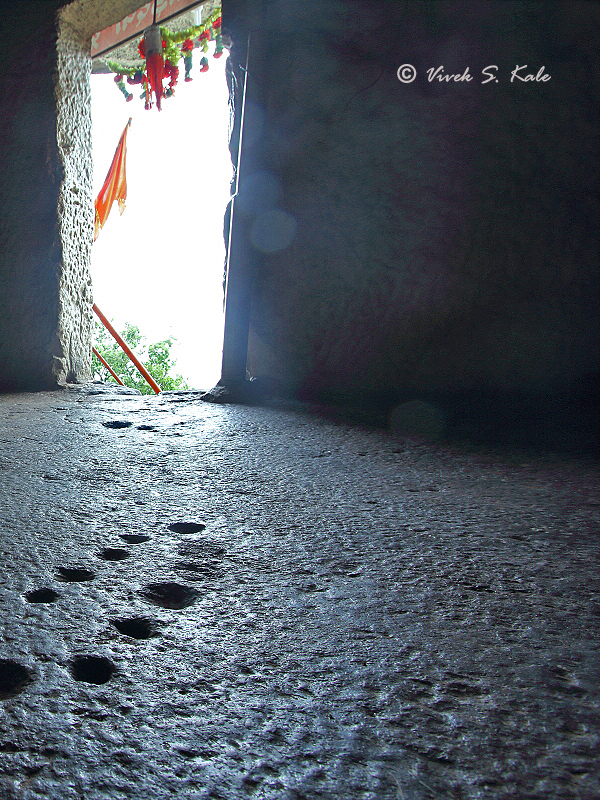 |
| |
| 22. Cupmarks, Cave#1, Nanoli Caves, Maval Tehsil, Pune district, Maharashtra, India |
| |
|
|
| |
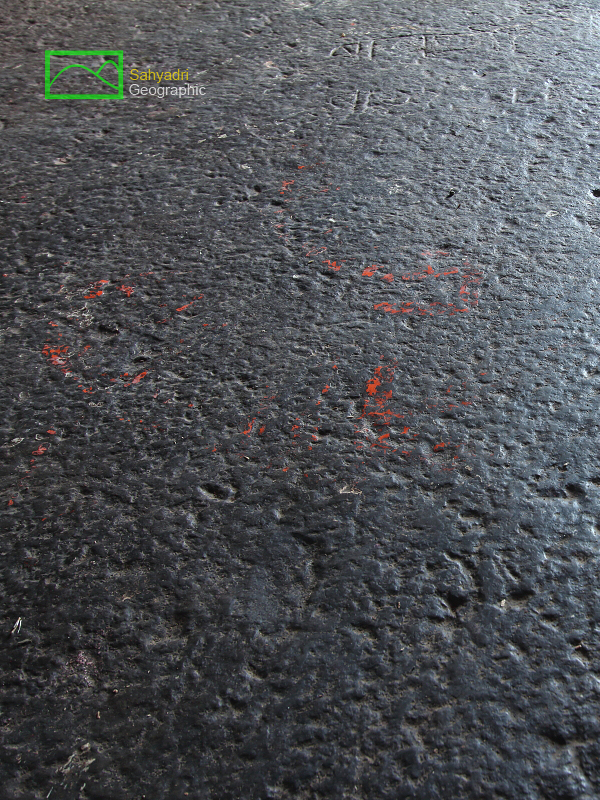 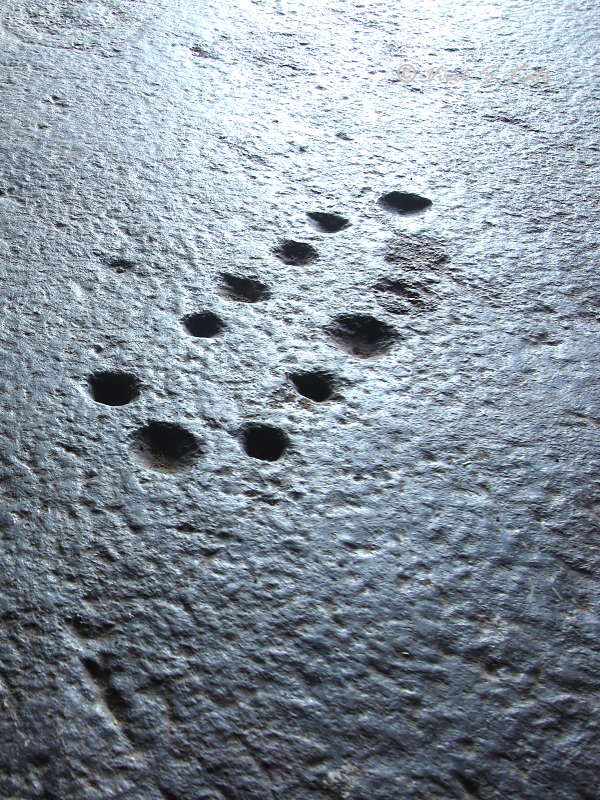 |
| |
| 23. Cupmarks, Cave#1, Nanoli Caves, Maval Tehsil, Pune district, Maharashtra, India |
| |
|
|
| |
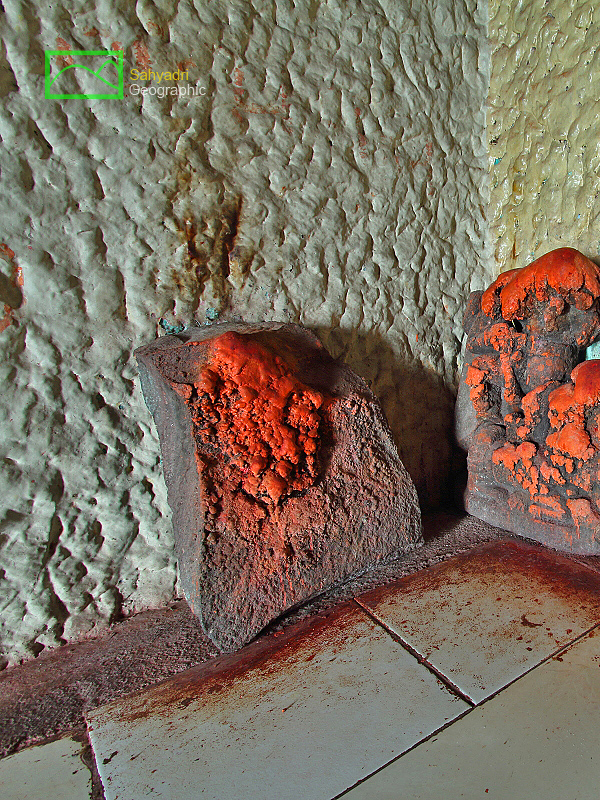 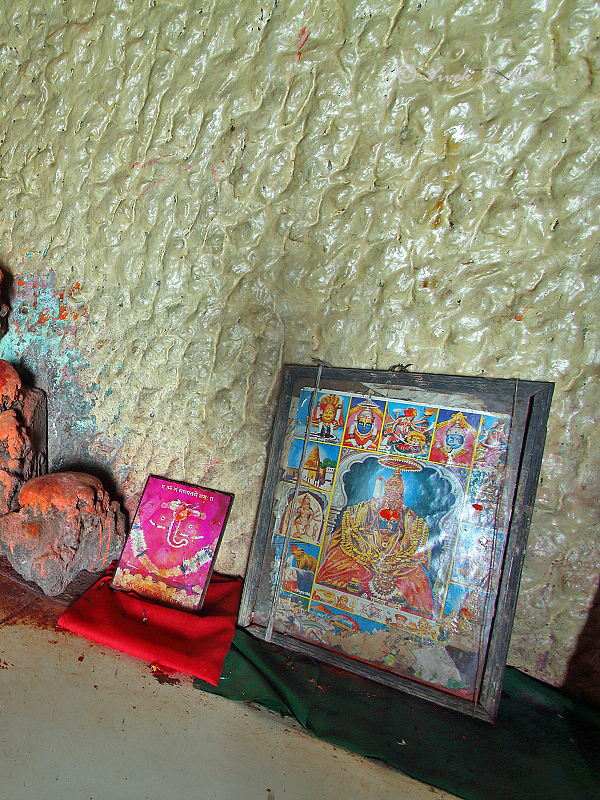 |
| |
| 24. Hindu Deities, Nanoli Caves, Maval Tehsil, Pune district, Maharashtra, India |
| |
|
|
| |
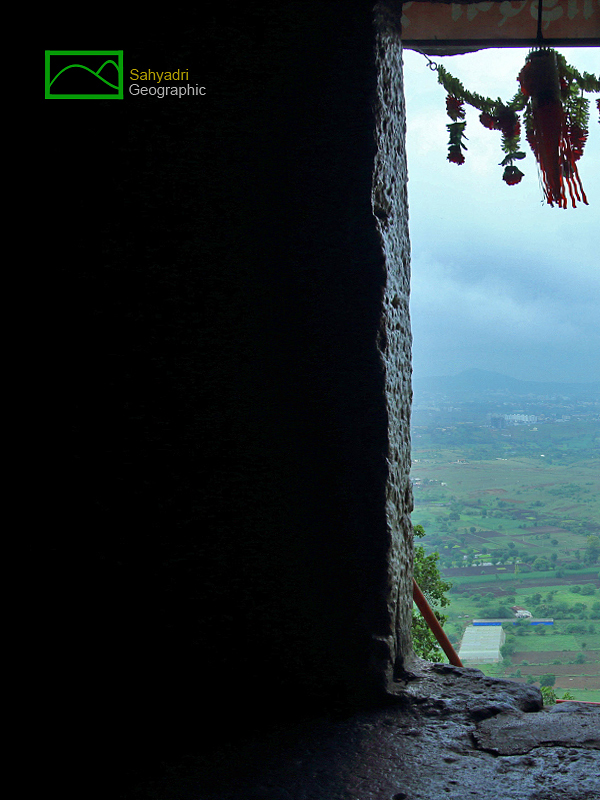 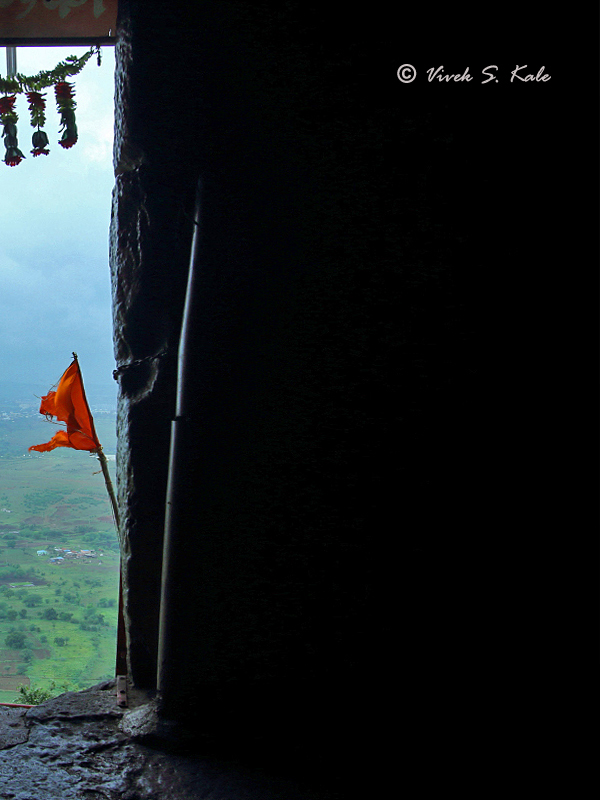 |
| |
| 25. Entrance, Cave #1, Nanoli Caves, Maval Tehsil, Pune district, Maharashtra, India |
| |
|
|
| |
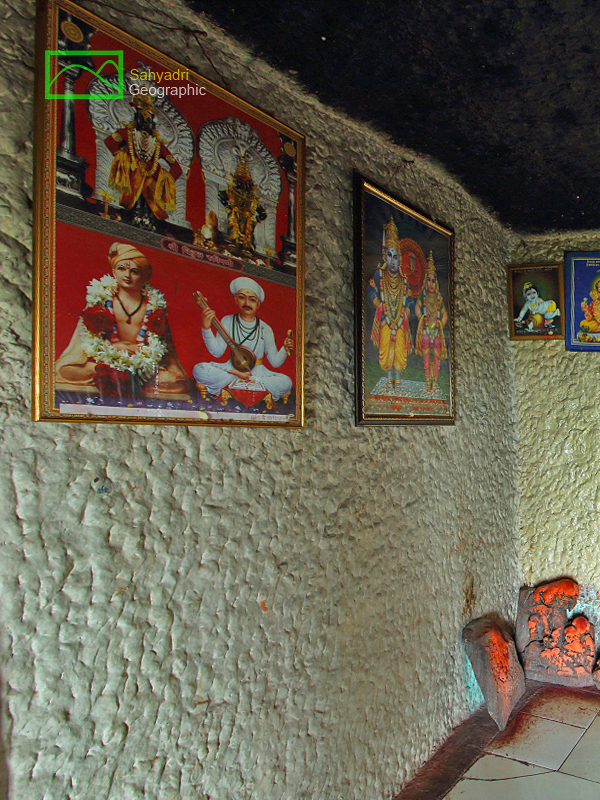 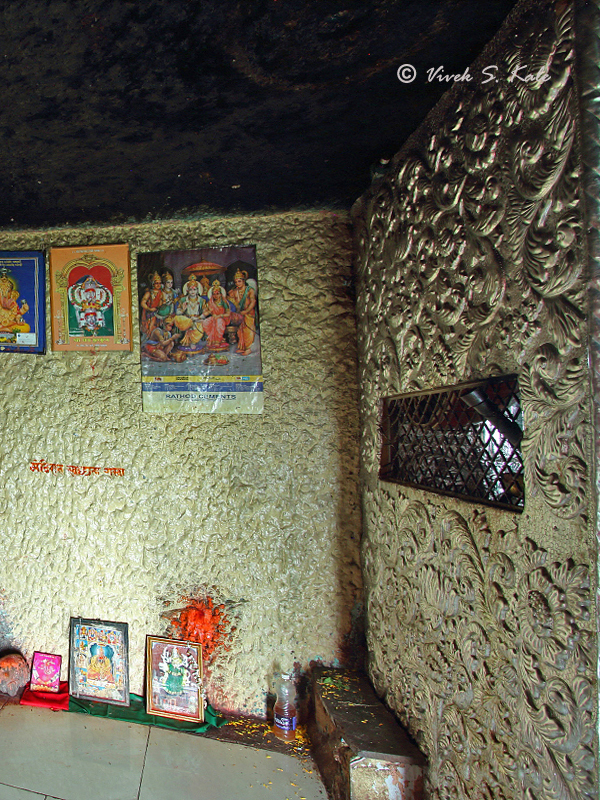 |
| |
| 26. Deities, Cave#1, Nanoli Caves, Maval Tehsil, Pune district, Maharashtra, India |
| |
|
|
| |
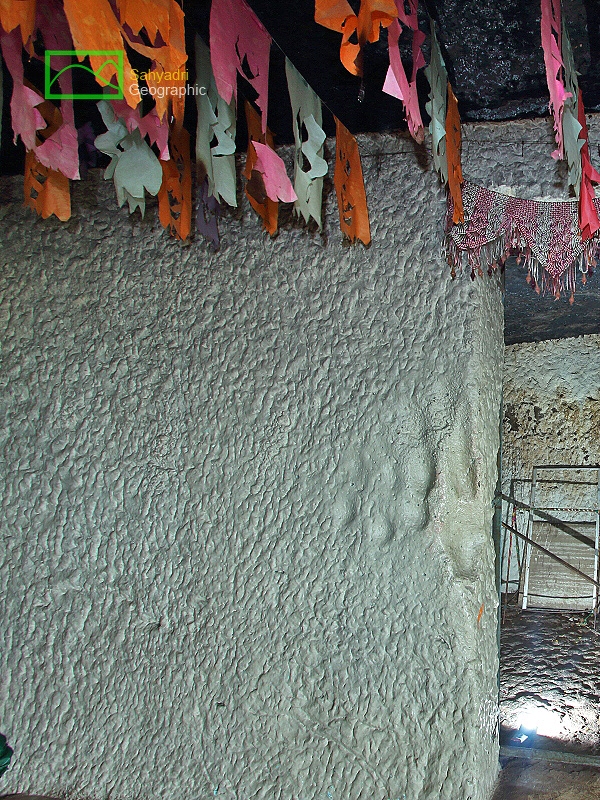 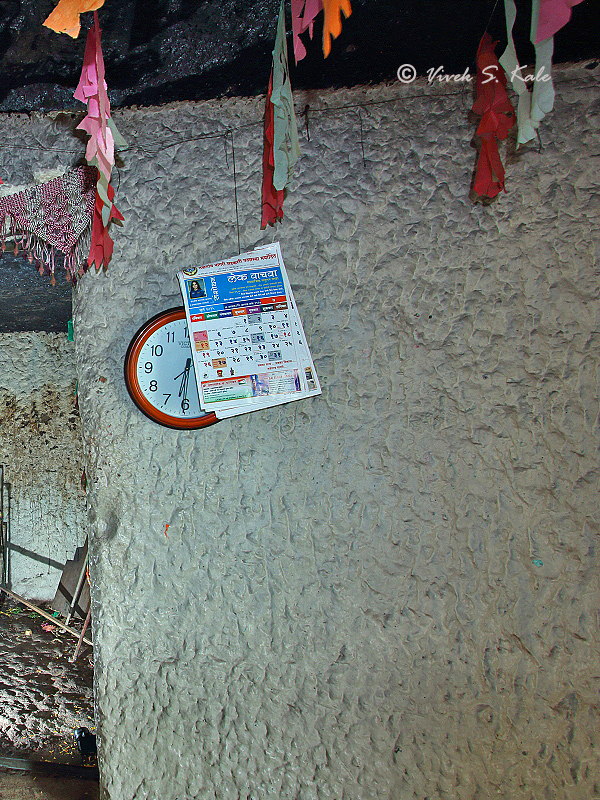 |
| |
| 27. Internal cell, Cave#1, Nanoli Caves, Maval Tehsil, Pune district, Maharashtra, India |
| |
|
|
| |
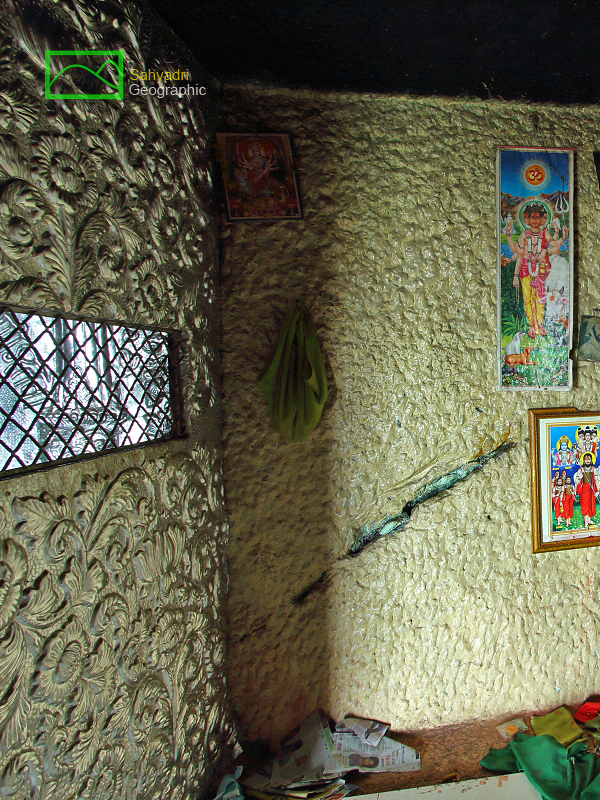 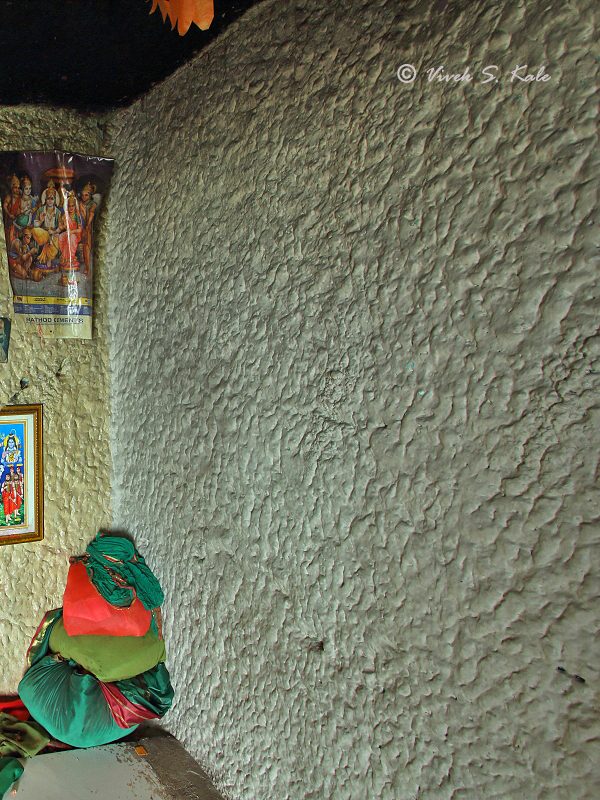 |
| |
| 28. Deities, Cave#1, Nanoli Caves, Maval Tehsil, Pune district, Maharashtra, India |
| |
|
|
| |
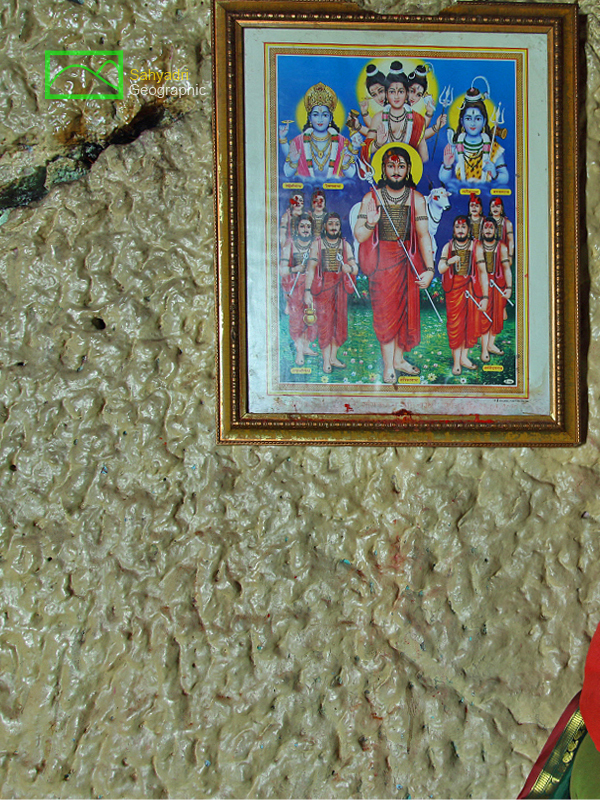 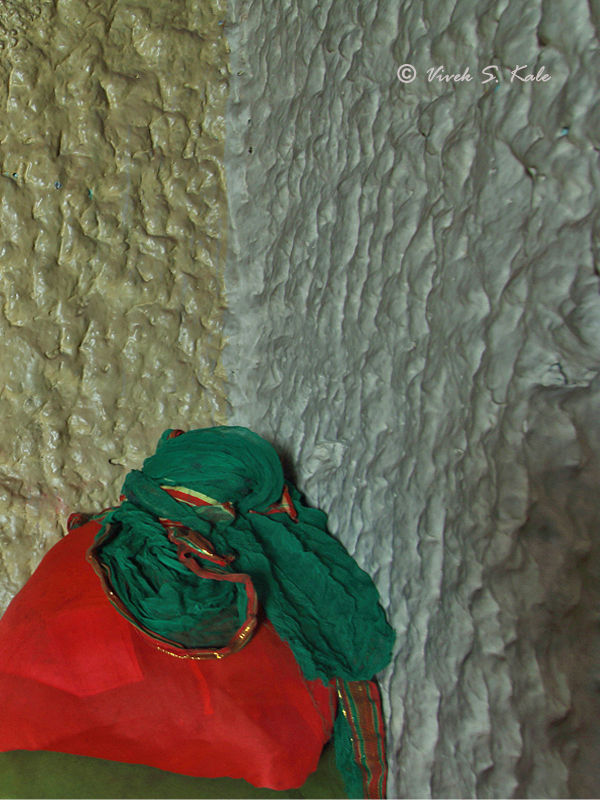 |
| |
| 29. Deities, Cave#1, Nanoli Caves, Maval Tehsil, Pune district, Maharashtra, India |
| |
|
|
| |
 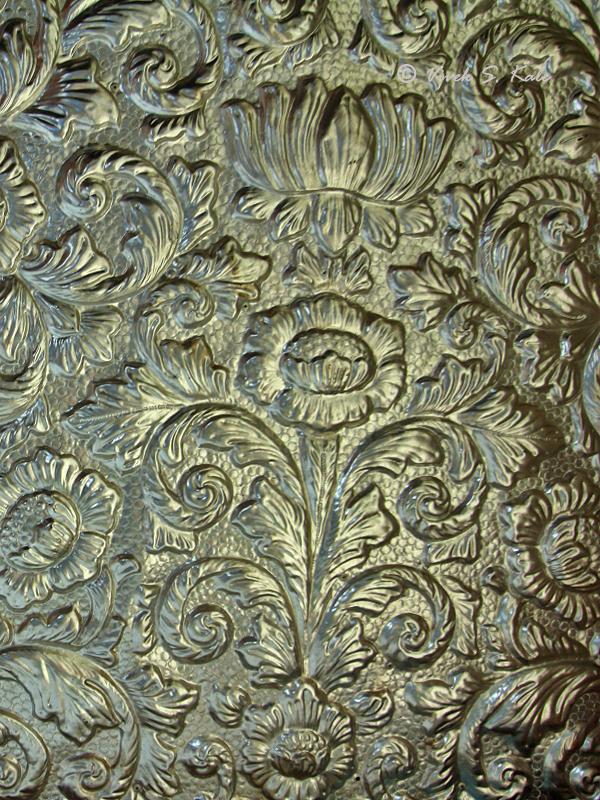 |
| |
| 30. Modern Enclosure ornamentation, Cave#1, Nanoli Caves, Maval Tehsil, Pune district, Maharashtra, India |
| |
|
|
| |
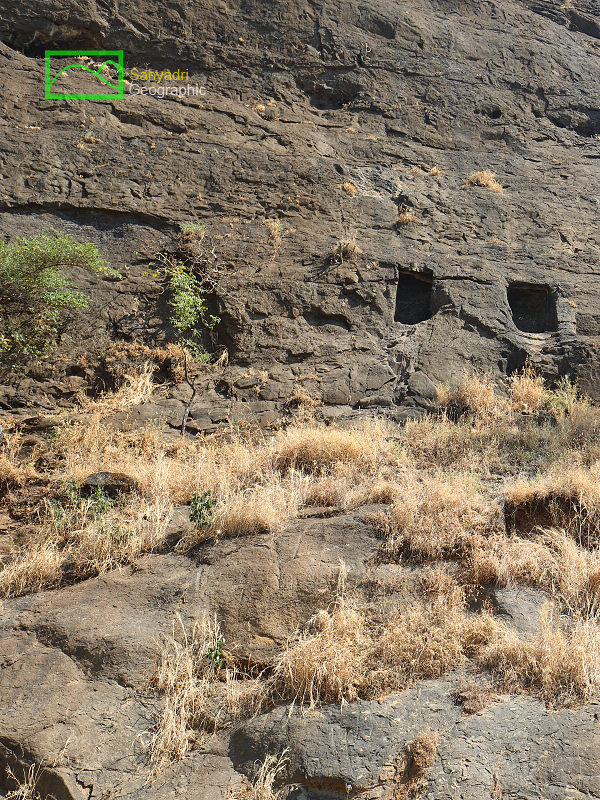 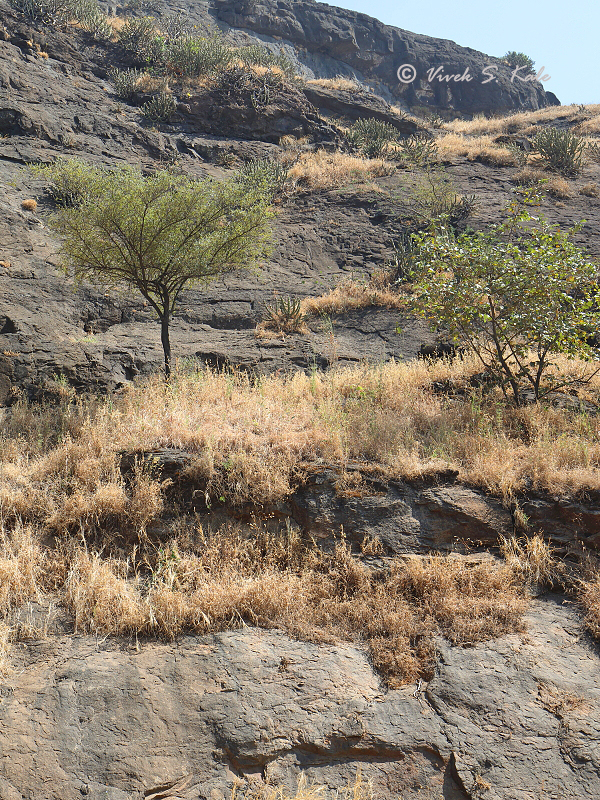 |
| |
| 31. Water cisterns, Cave#1, Nanoli Caves, Maval Tehsil, Pune district, Maharashtra, India |
| |
|
|
| |
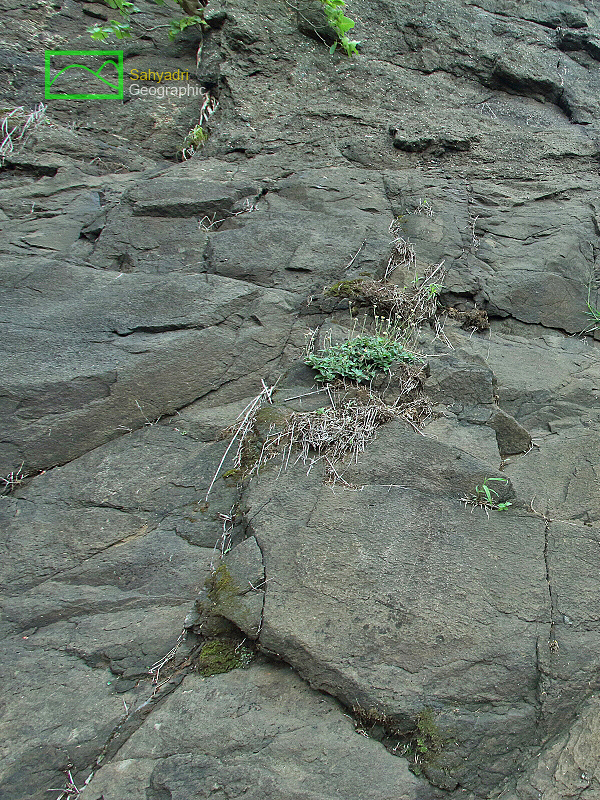 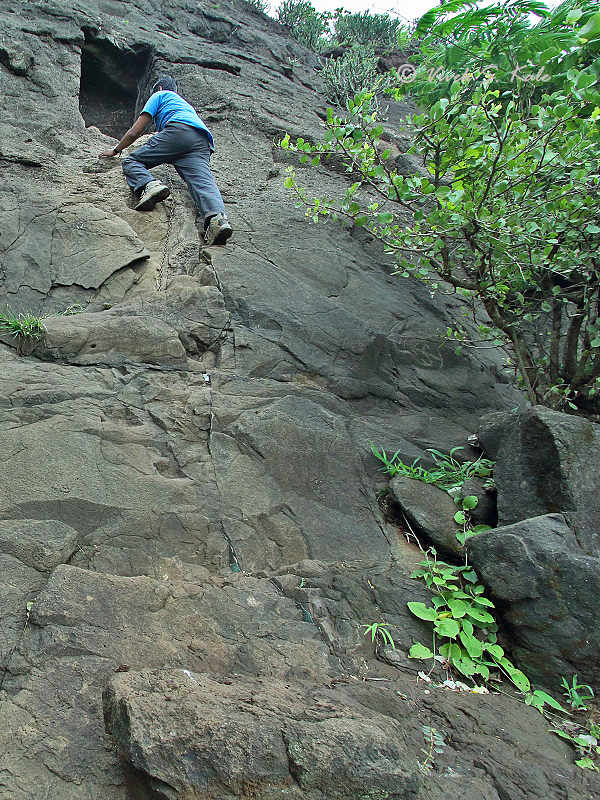 |
| |
| 32. Cistern#1 , Nanoli Caves, Maval Tehsil, Pune district, Maharashtra, India |
| |
|
|
| |
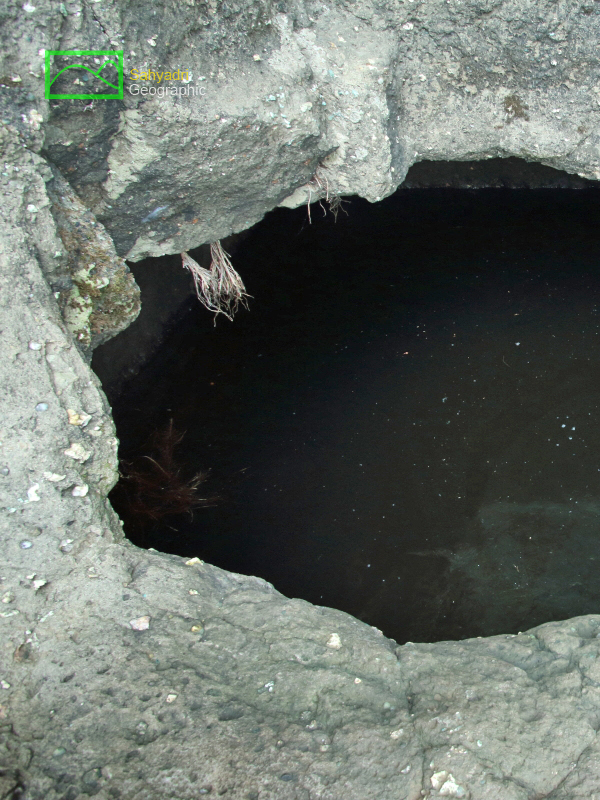 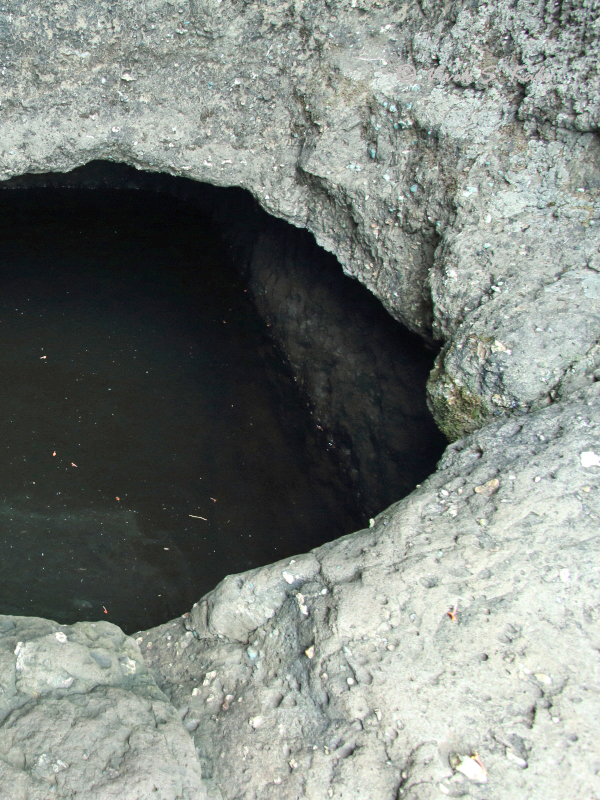 |
| |
| 33. Cistern#1 , Nanoli Caves, Maval Tehsil, Pune district, Maharashtra, India |
| |
|
|
| |
 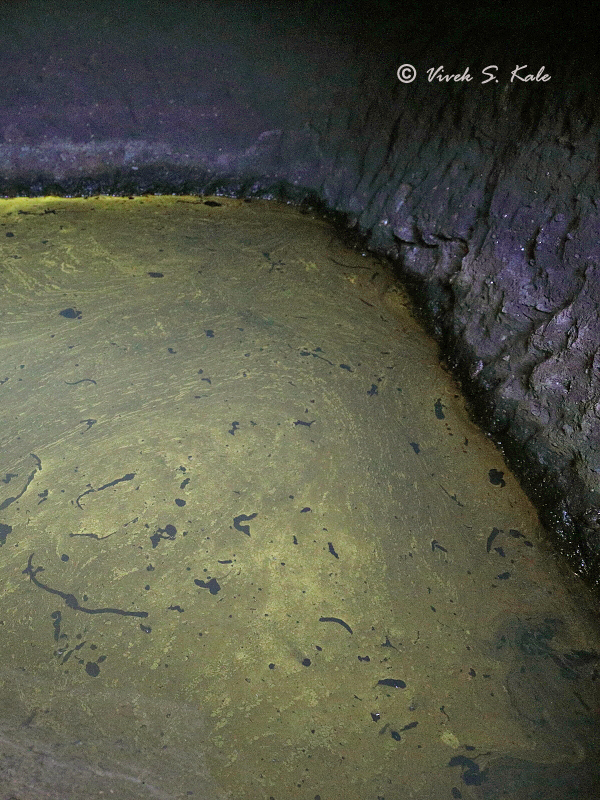 |
| |
| 34. Cistern#1 , Nanoli Caves, Maval Tehsil, Pune district, Maharashtra, India |
| |
|
|
| |
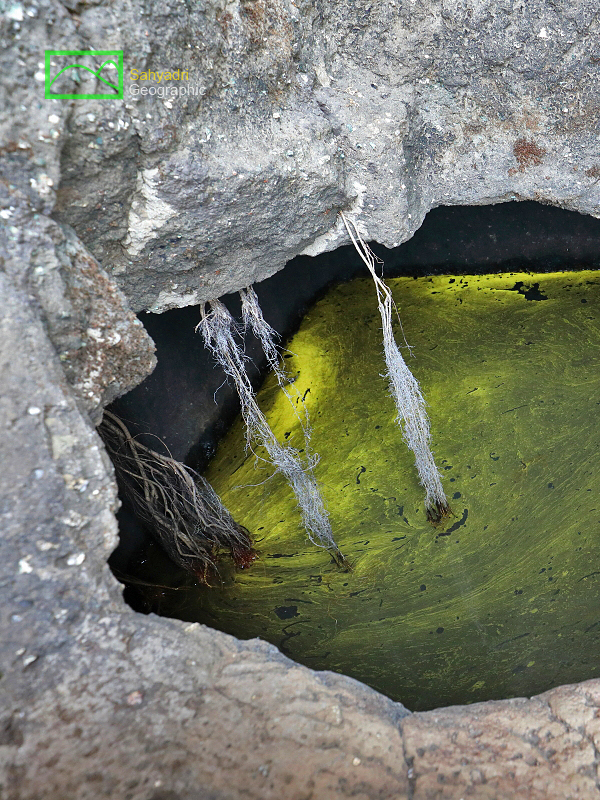 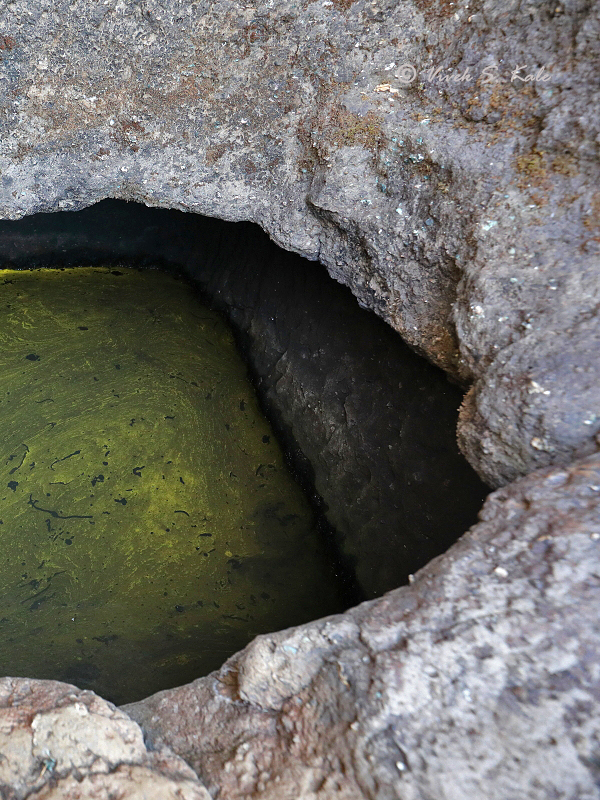 |
| |
| 35. Cistern#1 , Nanoli Caves, Maval Tehsil, Pune district, Maharashtra, India |
| |
|
|
| |
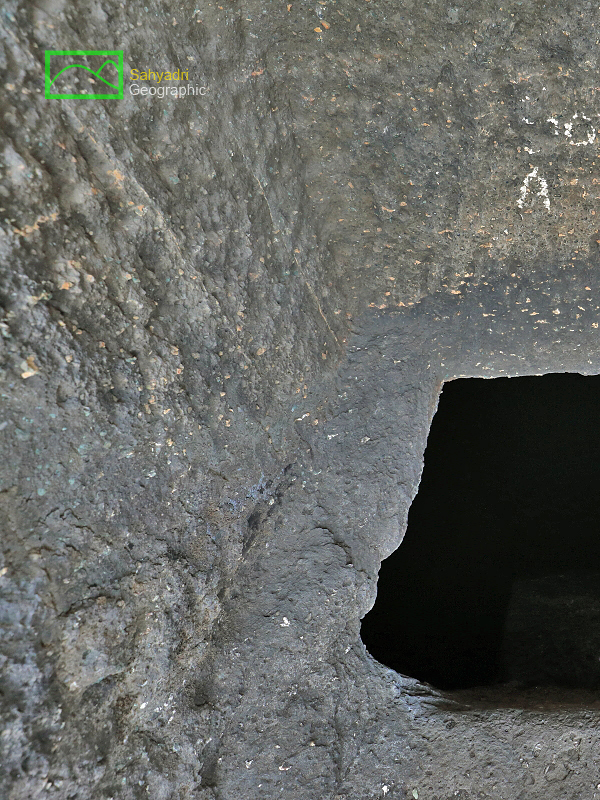 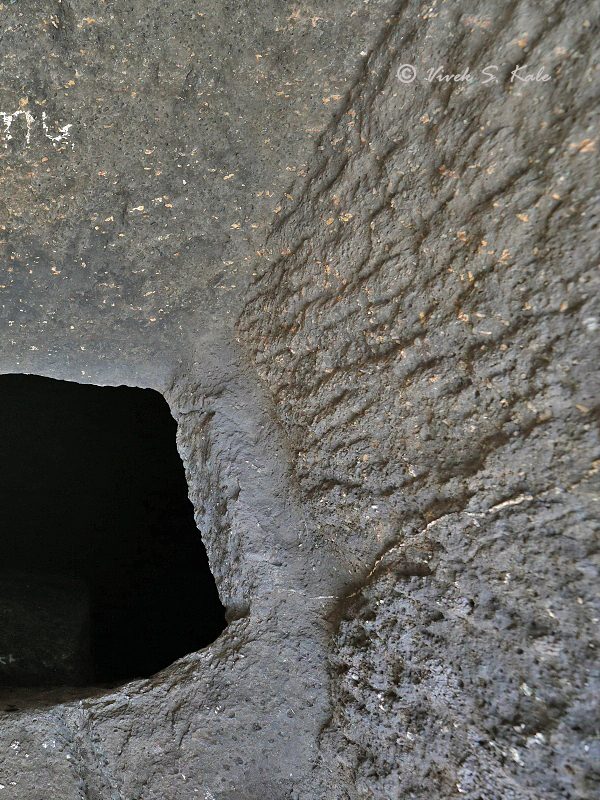 |
| |
| 36. Cistern#2 , Nanoli Caves, Maval Tehsil, Pune district, Maharashtra, India |
| |
|
|
| |
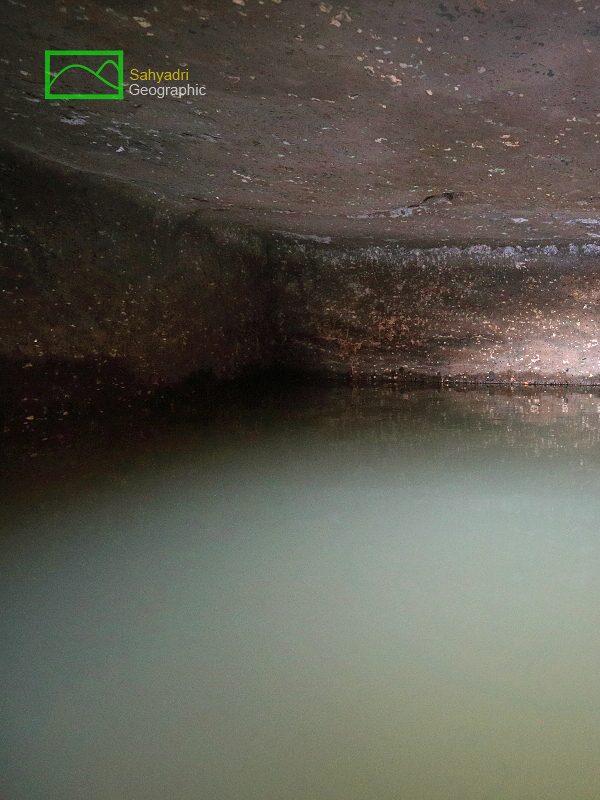 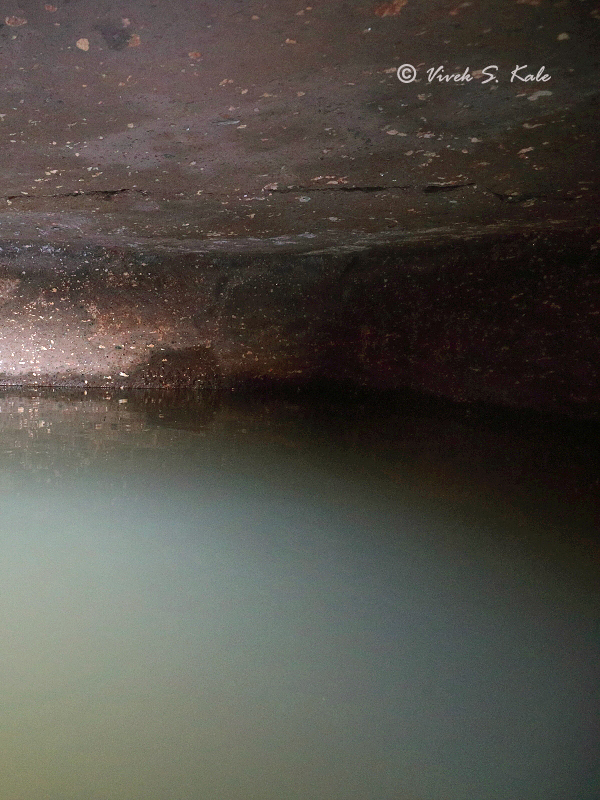 |
| |
| 37. Cistern#2 , Nanoli Caves, Maval Tehsil, Pune district, Maharashtra, India |
| |
|
|
| |
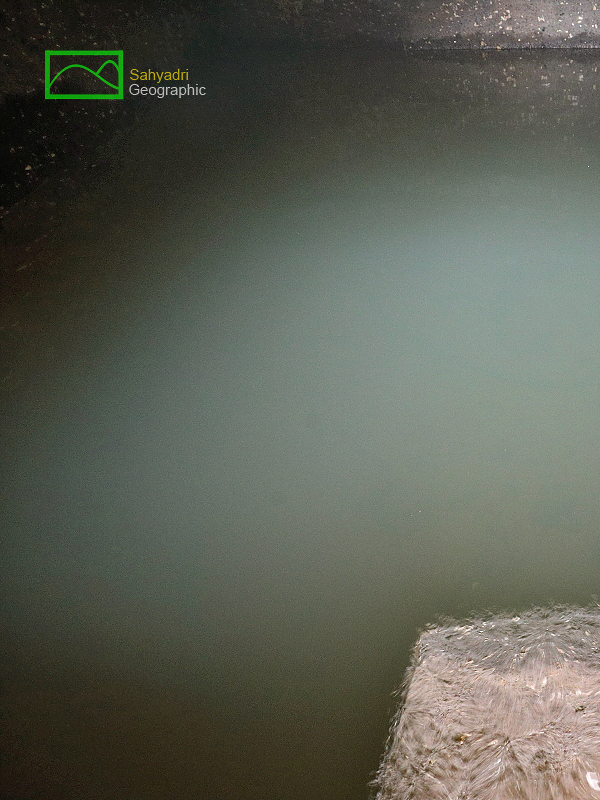 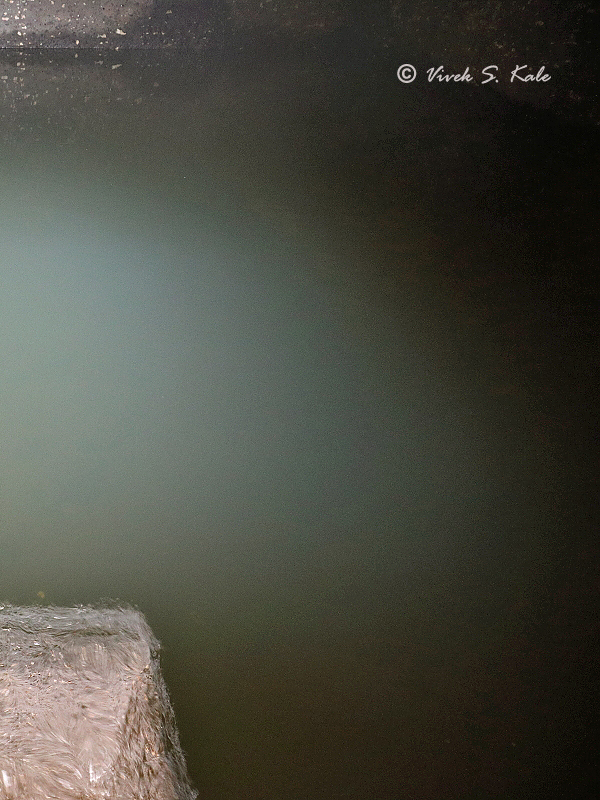 |
| |
| 38. Cistern#2 , Nanoli Caves, Maval Tehsil, Pune district, Maharashtra, India |
| |
|
|
| |
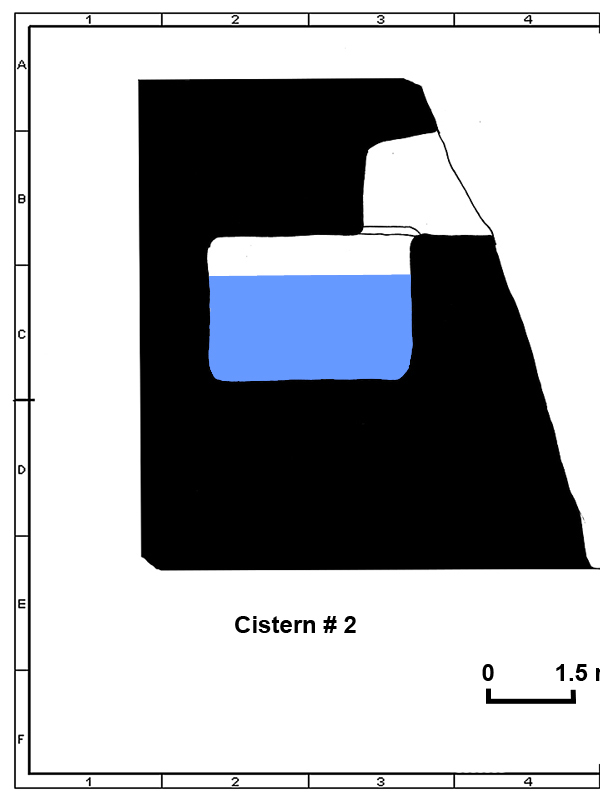  |
| |
| 39. Layout of Cistern#1 and Cistern#2 , Nanoli Caves, Maval Tehsil, Pune district, Maharashtra, India |
| |
|
|
| |
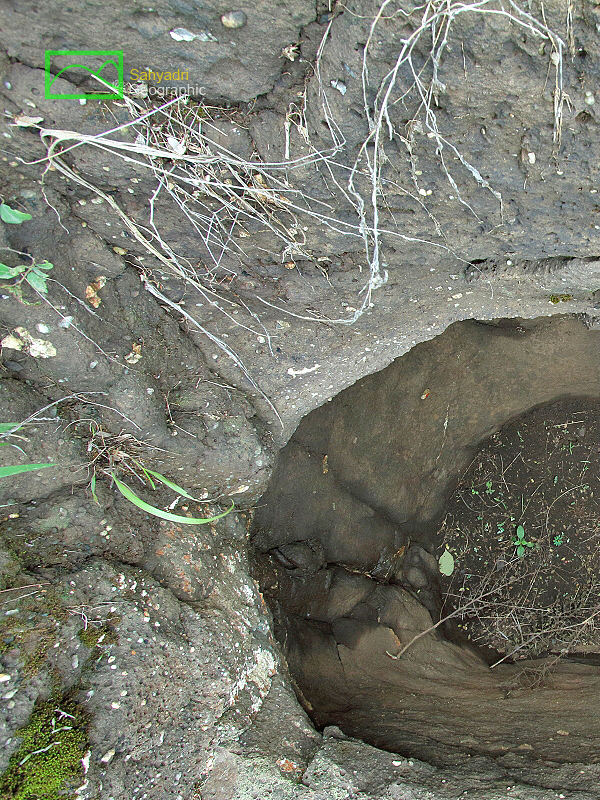 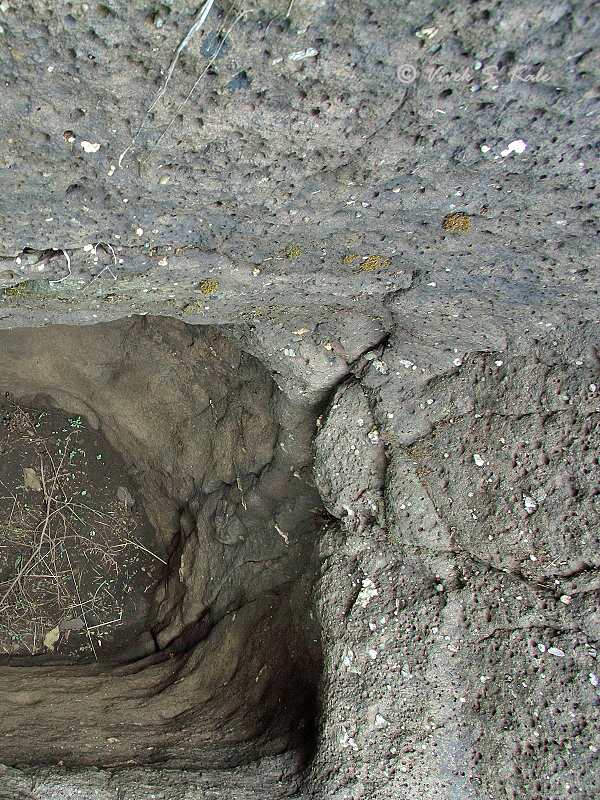 |
| |
| 40. Cistern#3, Nanoli Caves, Maval Tehsil, Pune district, Maharashtra, India |
| |
|
|
| |
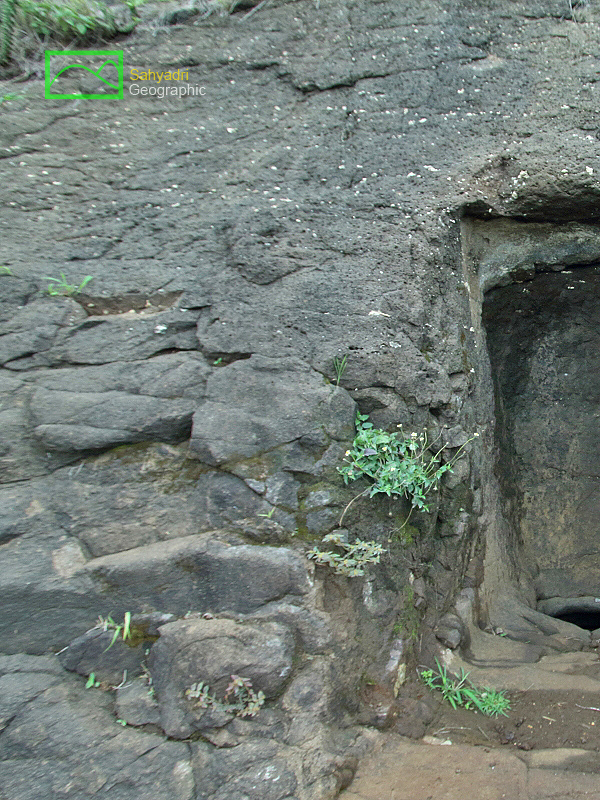  |
| |
| 41. Cistern#4 , Nanoli Caves, Maval Tehsil, Pune district, Maharashtra, India |
| |
|
|
| |
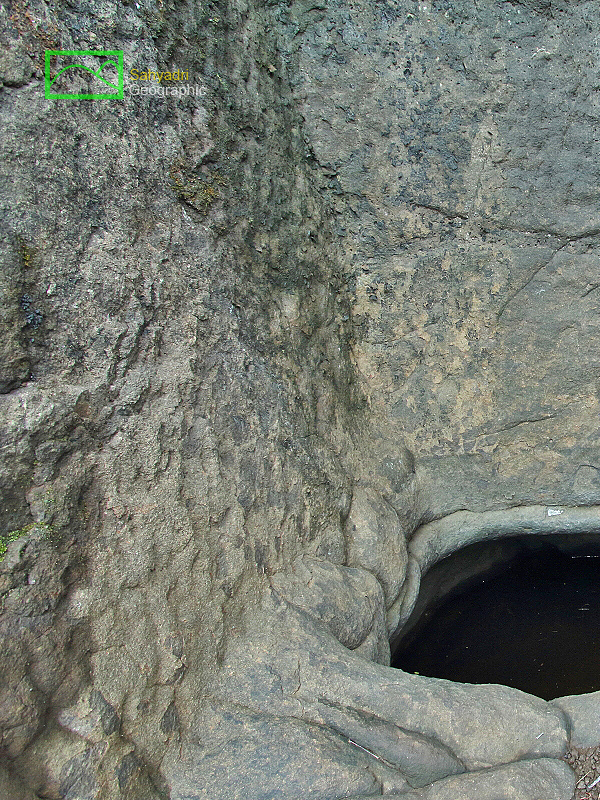 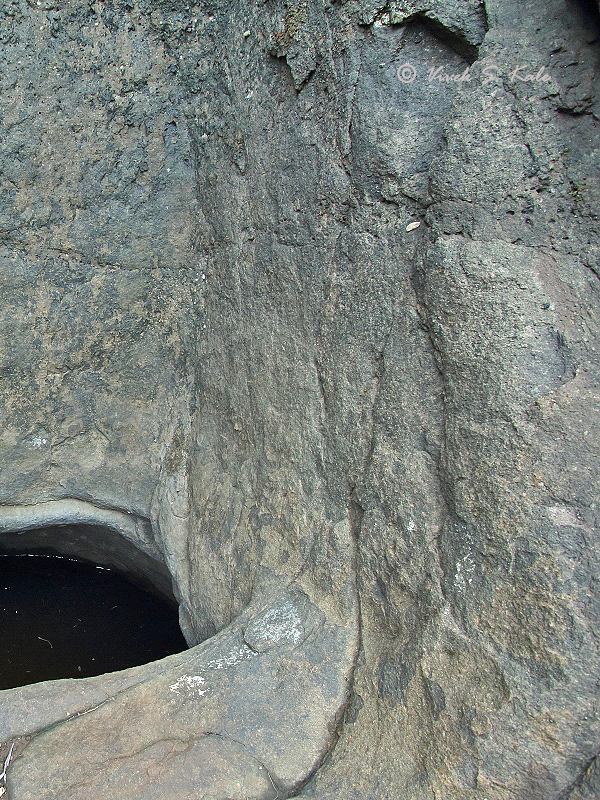 |
| |
| 42. Cistern#4 , Nanoli Caves, Maval Tehsil, Pune district, Maharashtra, India |
| |
|
|
| |
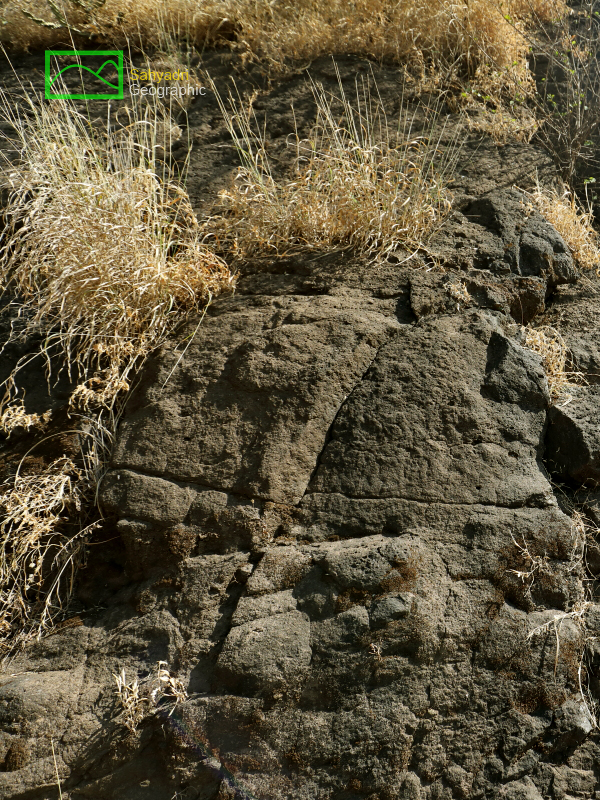 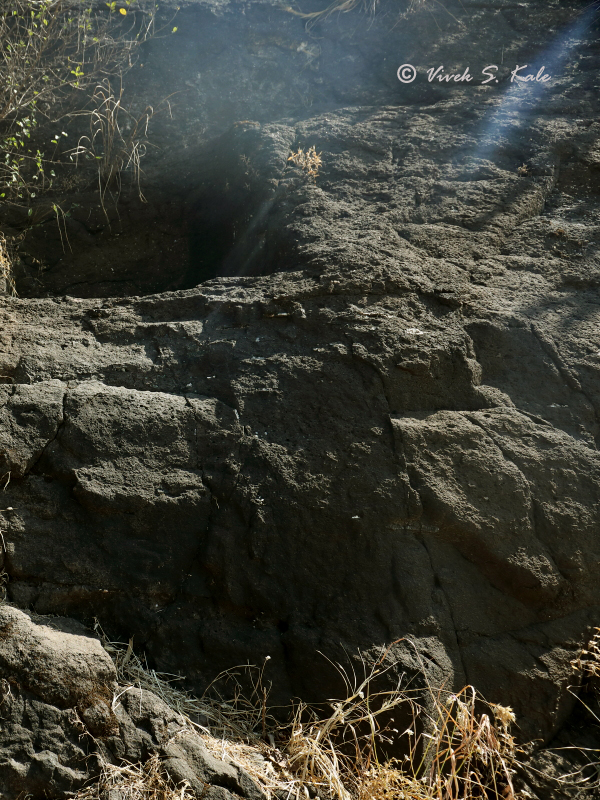 |
| |
| 43. Cistern#5, Nanoli Caves, Maval Tehsil, Pune district, Maharashtra, India |
| |
|
|
| |
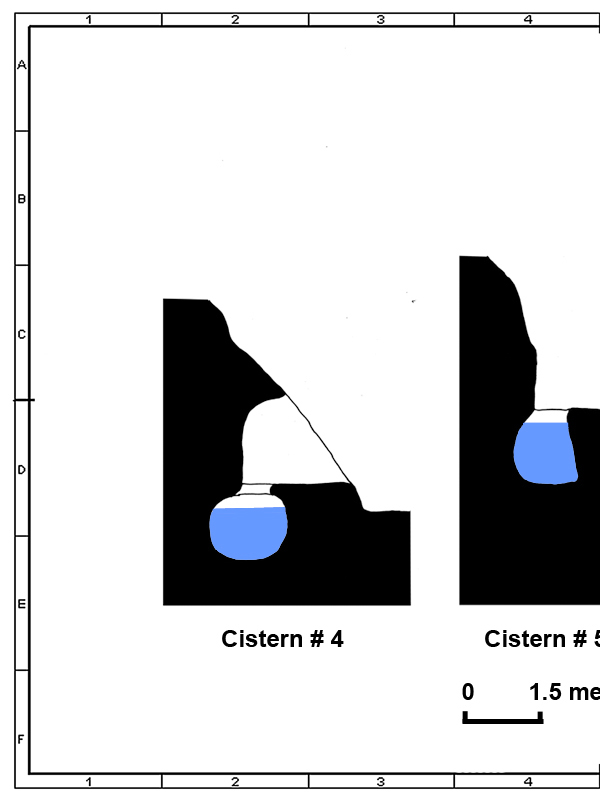 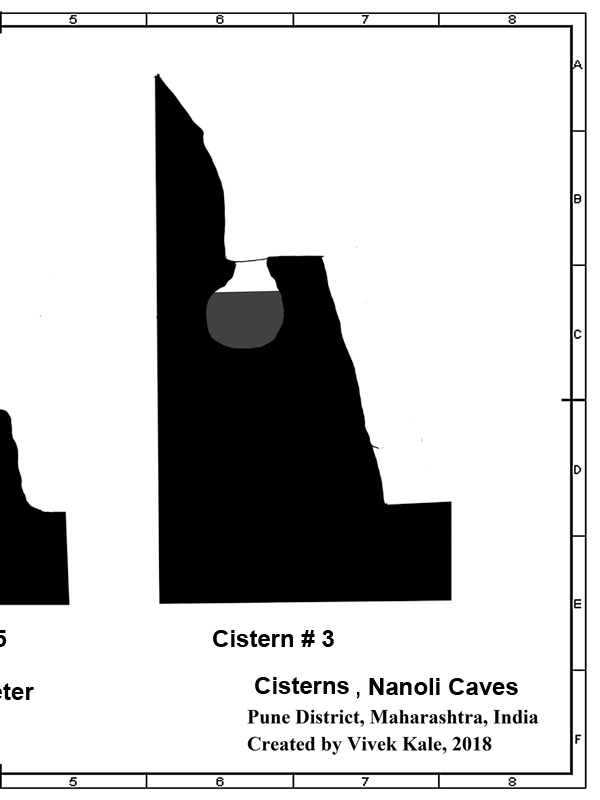 |
| |
| 44. Layout of Cisterns#3, #4, #5, Nanoli Caves, Maval Tehsil, Pune district, Maharashtra, India |
| |
|
|
| |
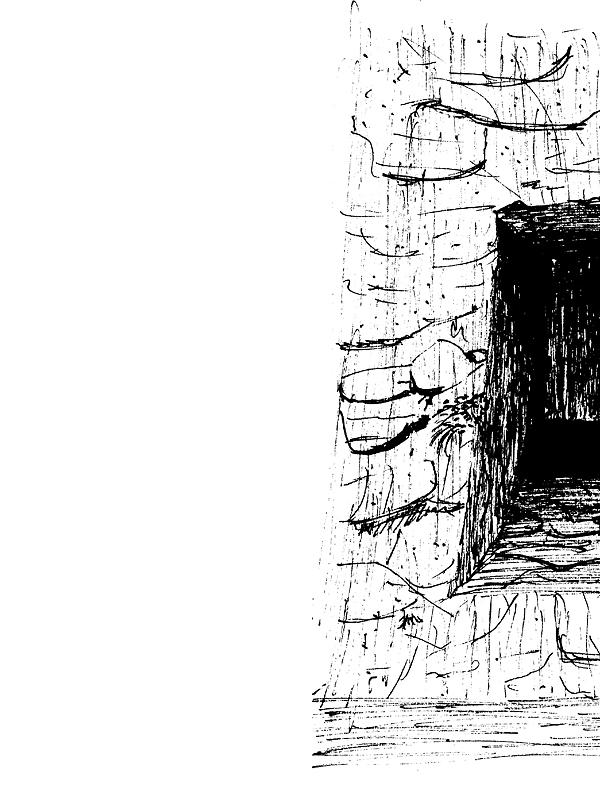 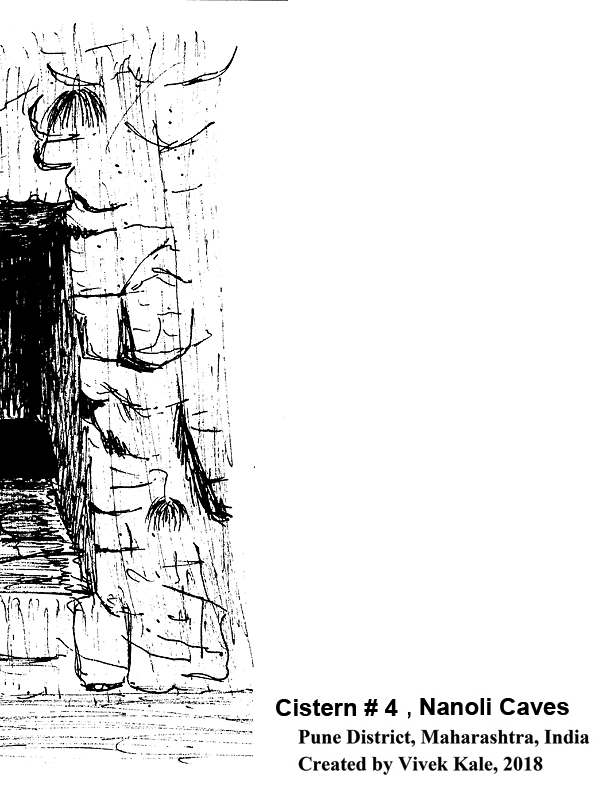 |
| |
| 45. Cisterns #4, Nanoli Caves, Maval Tehsil, Pune district, Maharashtra, India |
| |
|
|
| |
 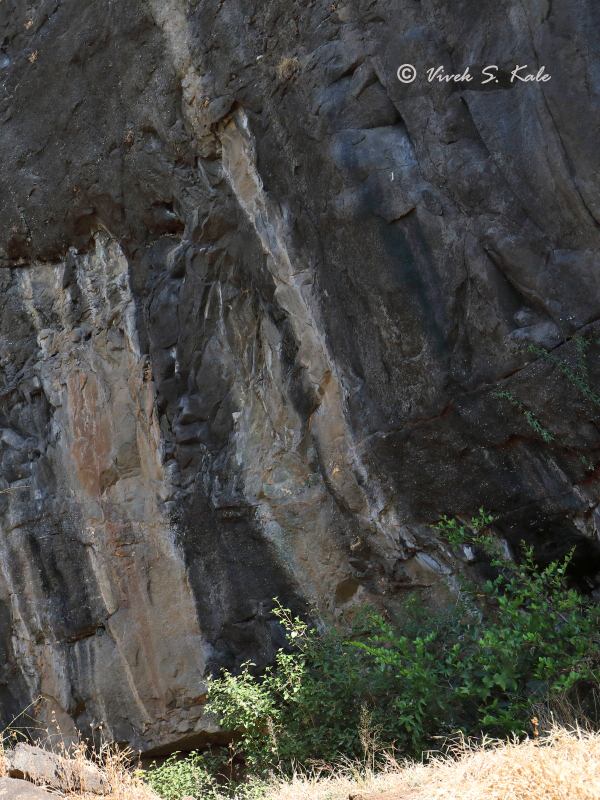 |
| |
| 46. Excavation#2, Nanoli Caves, Maval Tehsil, Pune district, Maharashtra, India |
| |
|
|
| |
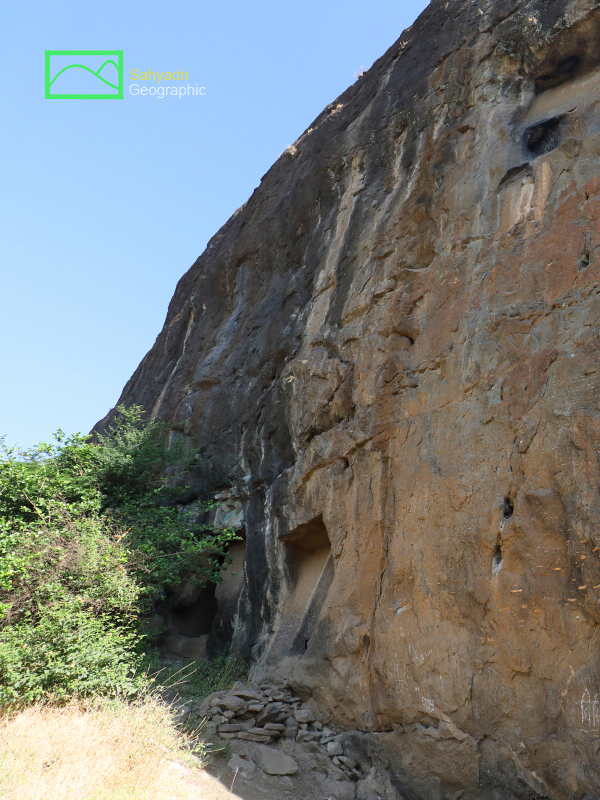 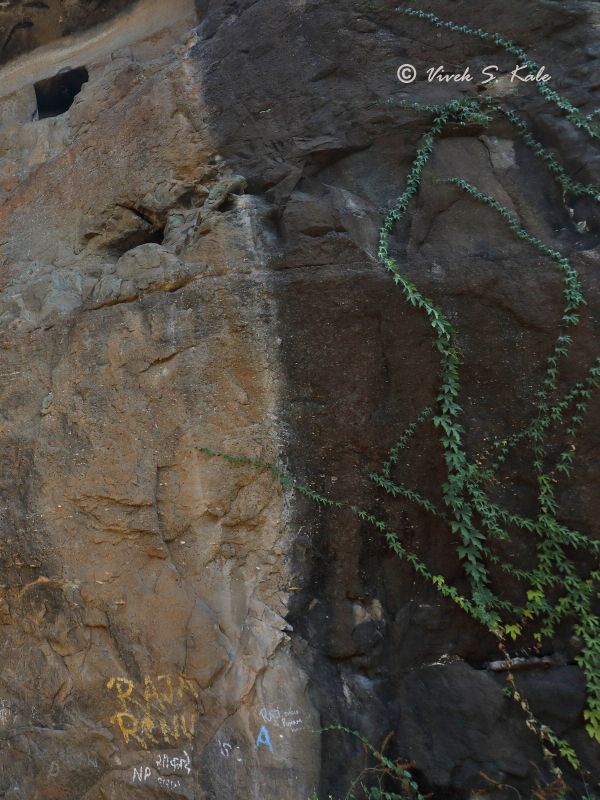 |
| |
| 47. Excavation#2, Nanoli Caves, Maval Tehsil, Pune district, Maharashtra, India |
| |
|
|
| |
 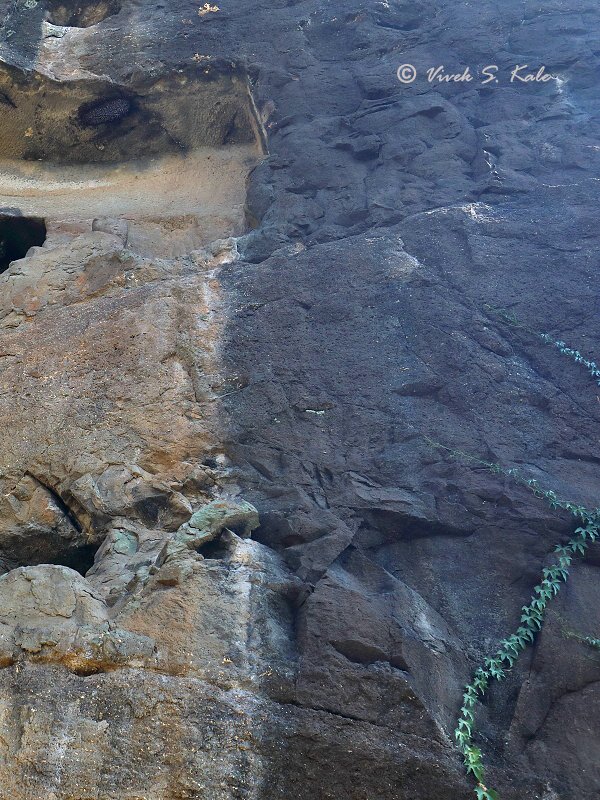 |
| |
| 48. Excavation#2, Nanoli Caves, Maval Tehsil, Pune district, Maharashtra, India |
| |
|
|
| |
  |
| |
| 49. Cave#3, Nanoli Caves, Maval Tehsil, Pune district, Maharashtra, India |
| |
|
|
| |
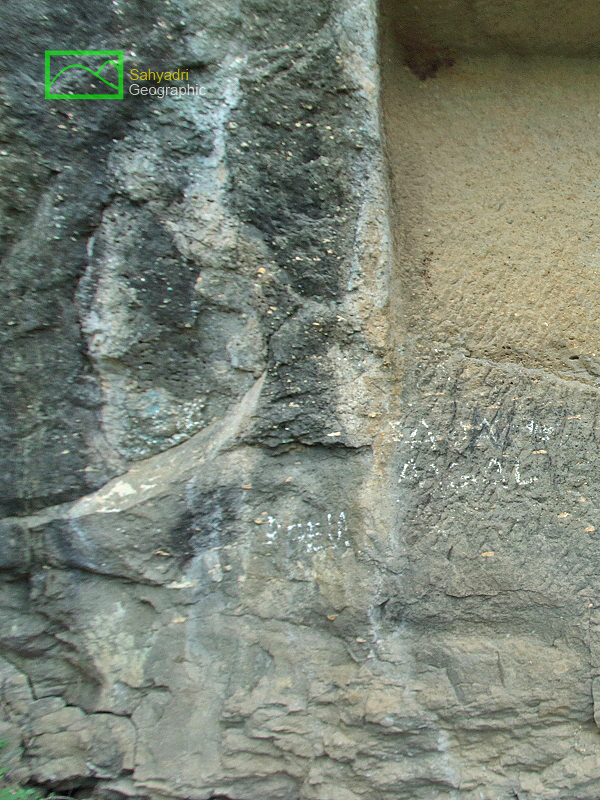 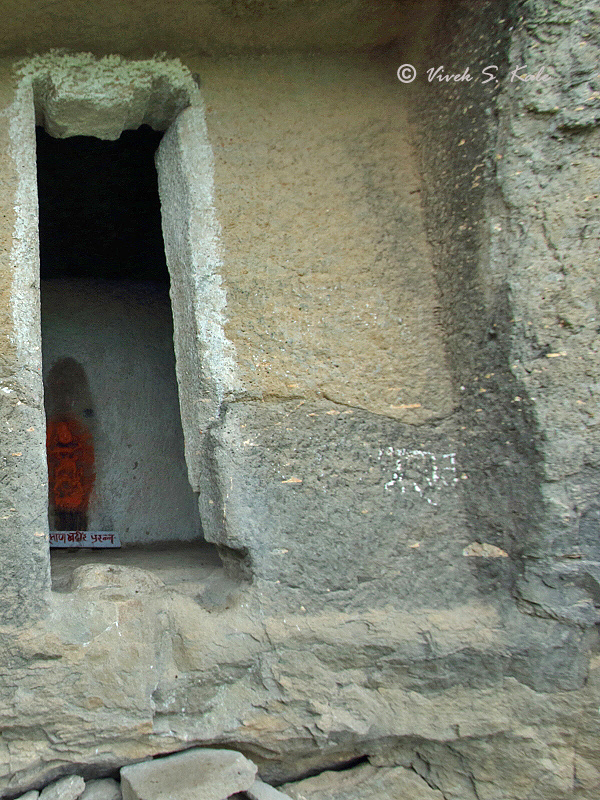 |
| |
| 50. Cave#3, Nanoli Caves, Maval Tehsil, Pune district, Maharashtra, India |
| |
|
|
| |
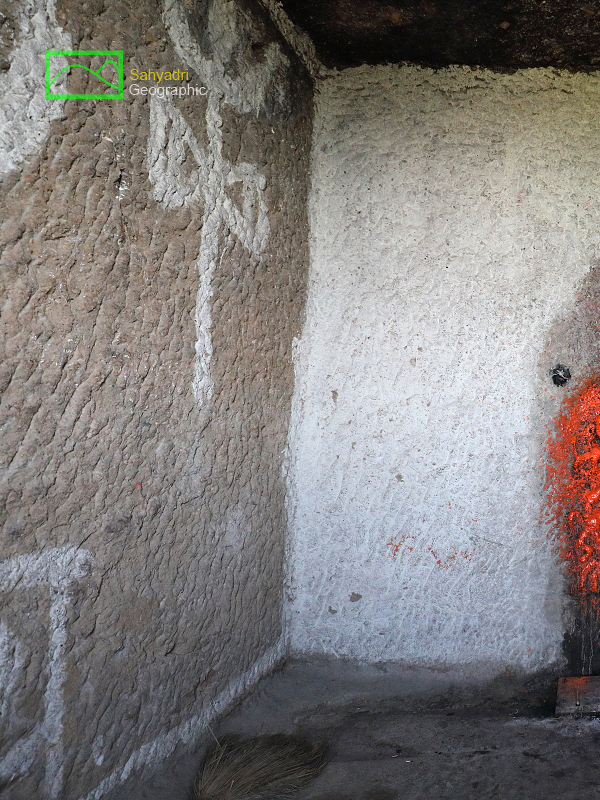 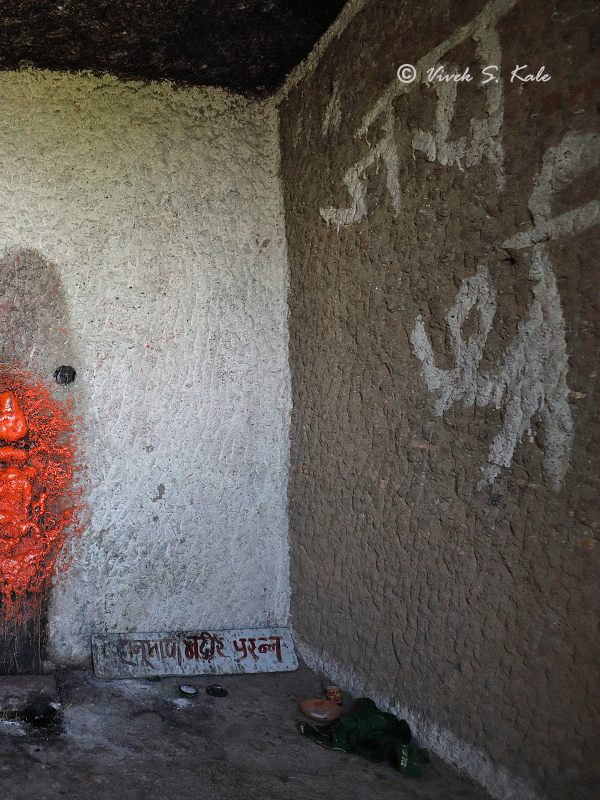 |
| |
| 51. Cave#3, Nanoli Caves, Maval Tehsil, Pune district, Maharashtra, India |
| |
|
|
| |
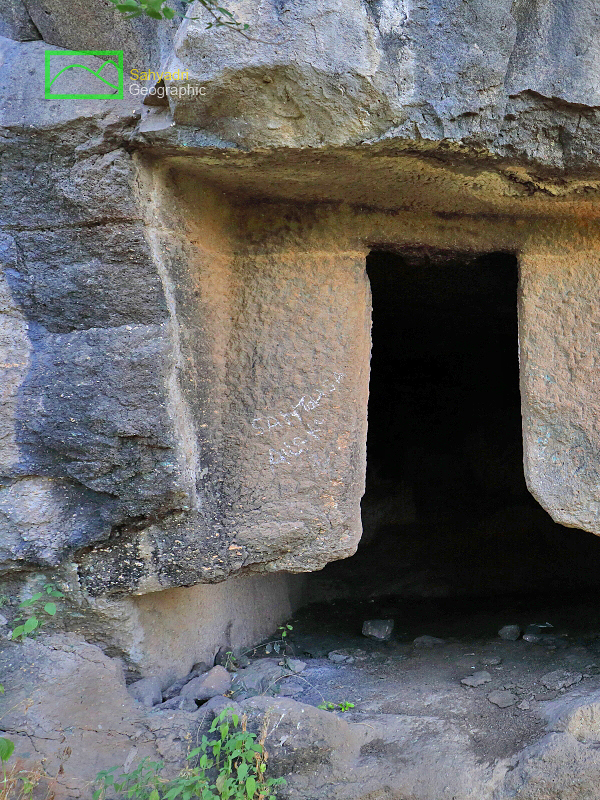 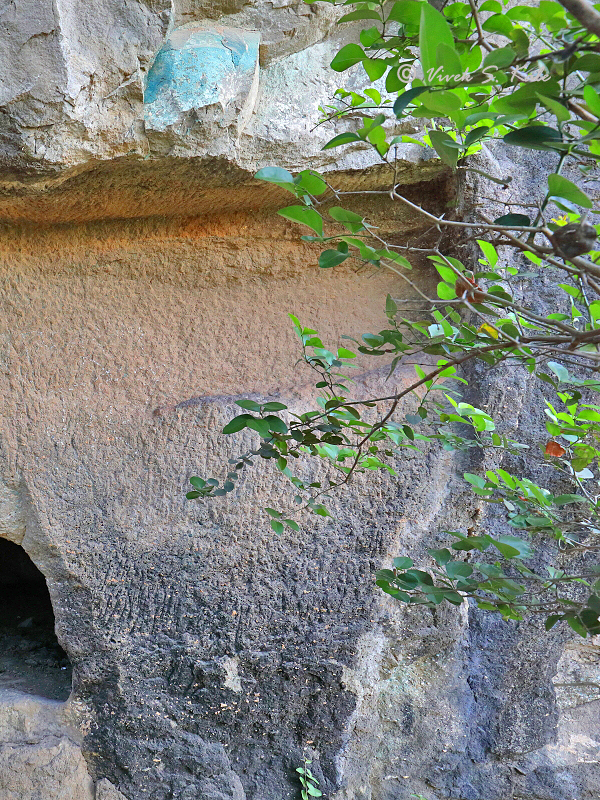 |
| |
| 52. Cave#4, Nanoli Caves, Maval Tehsil, Pune district, Maharashtra, India |
| |
|
|
| |
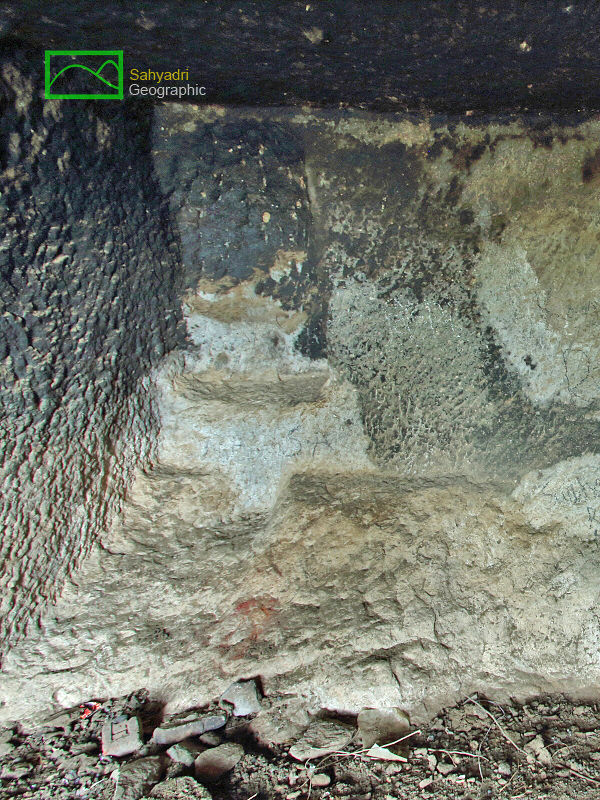 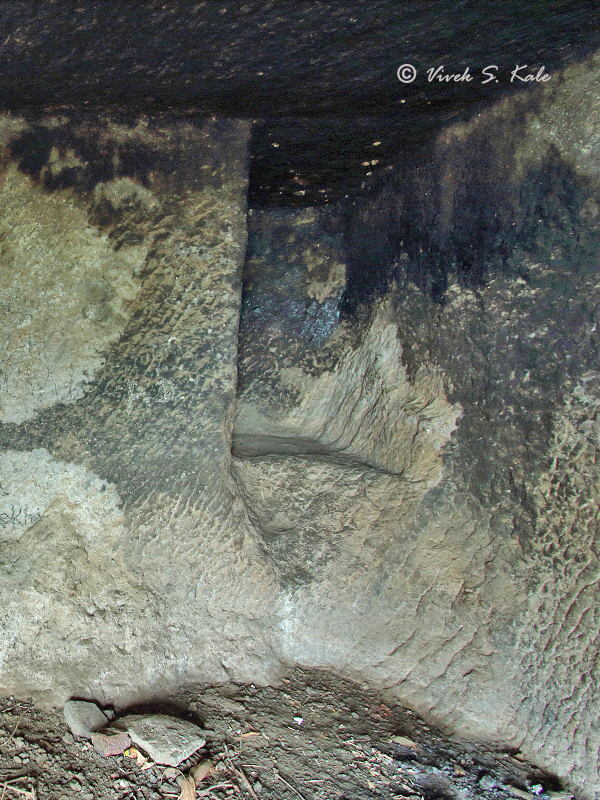 |
| |
| 53. Cave#4, Nanoli Caves, Maval Tehsil, Pune district, Maharashtra, India |
| |
|
|
| |
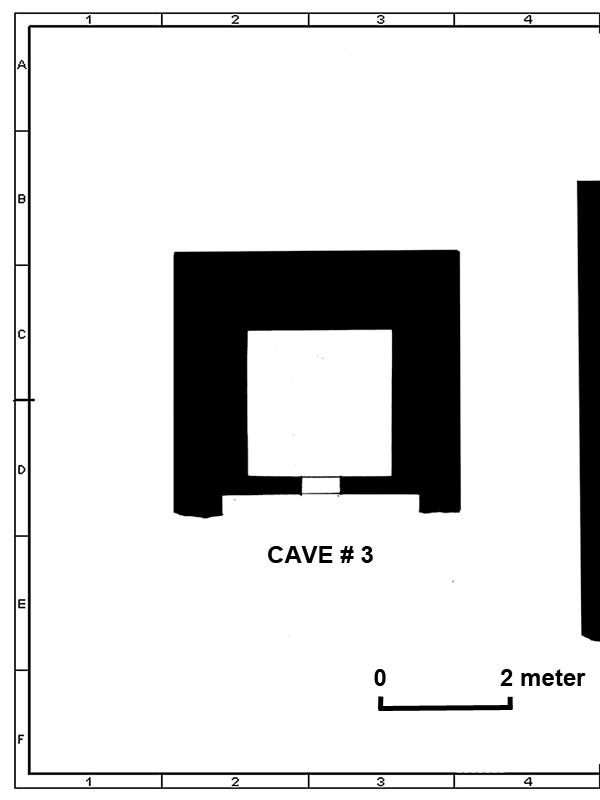 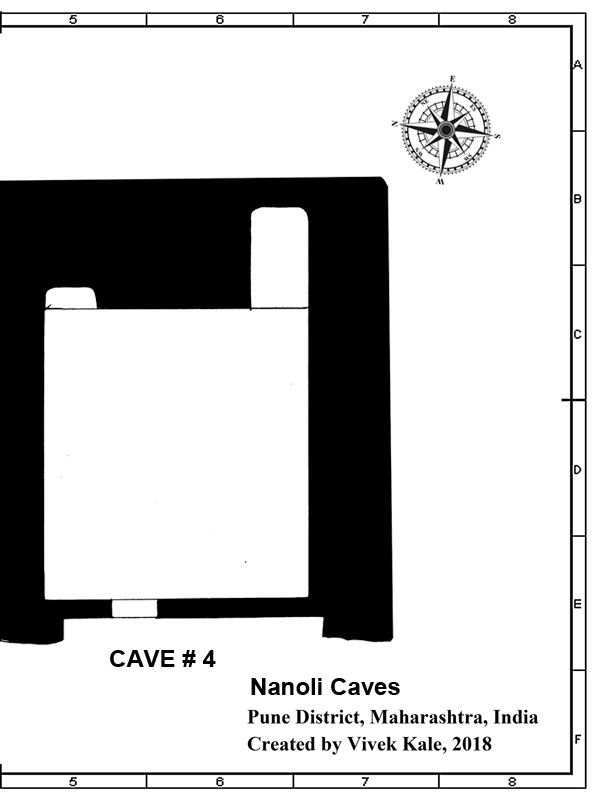 |
| |
| 54. Layout of Cave#4, Cave#3, Nanoli Caves, Maval Tehsil, Pune district, Maharashtra, India |
| |
|
|
| |
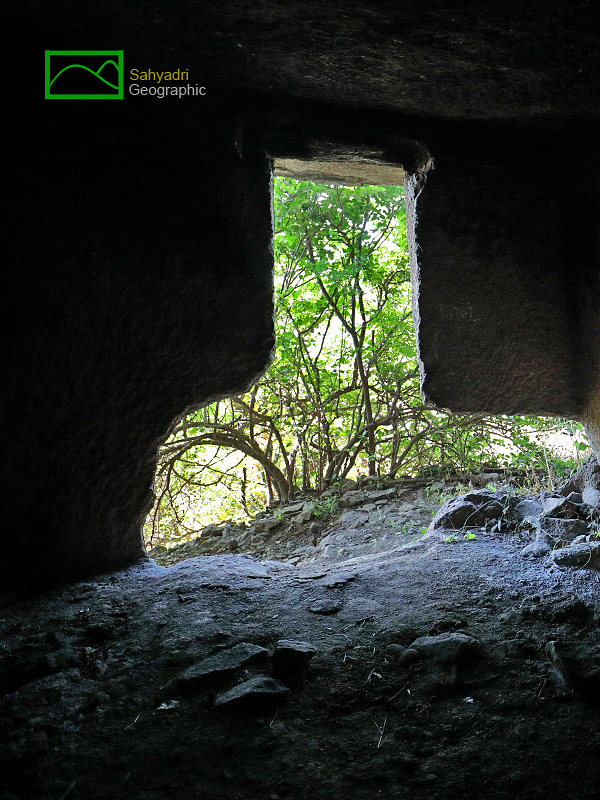 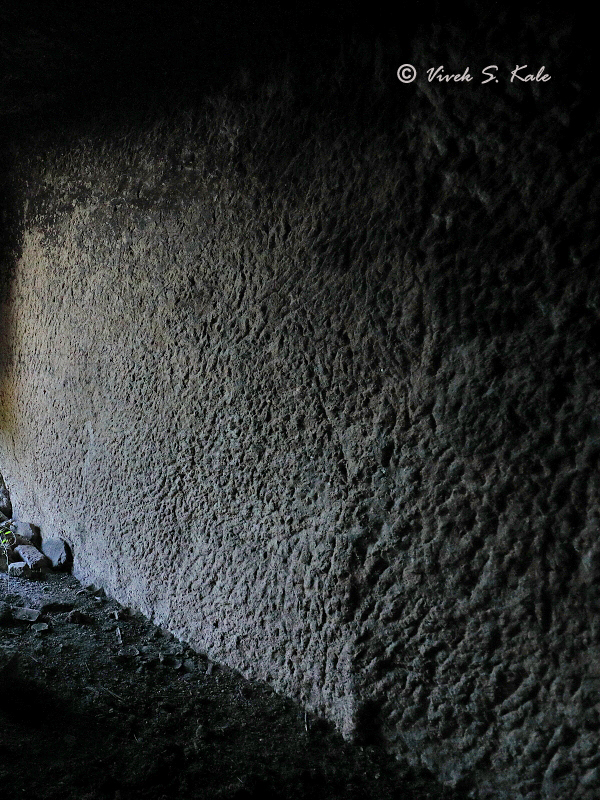 |
| |
| 55. Cave#4, Nanoli Caves, Maval Tehsil, Pune district, Maharashtra, India |
| |
|
|
| |
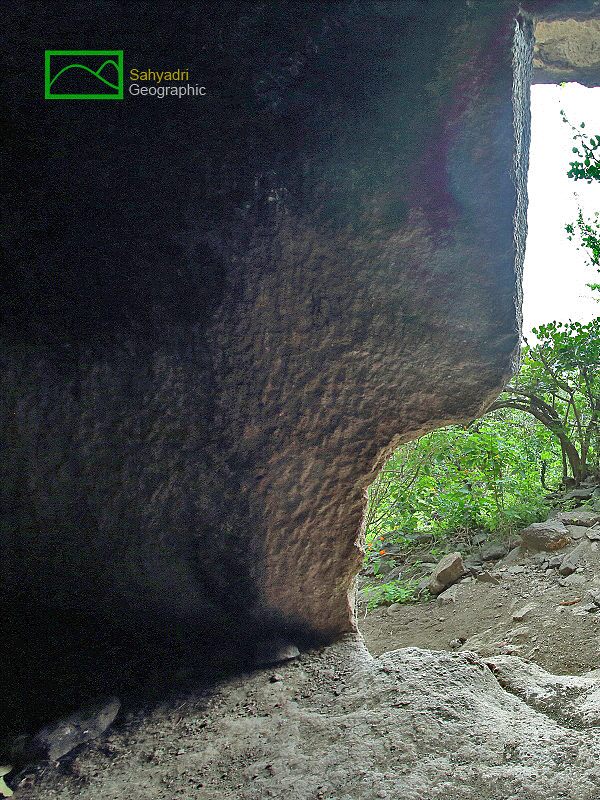 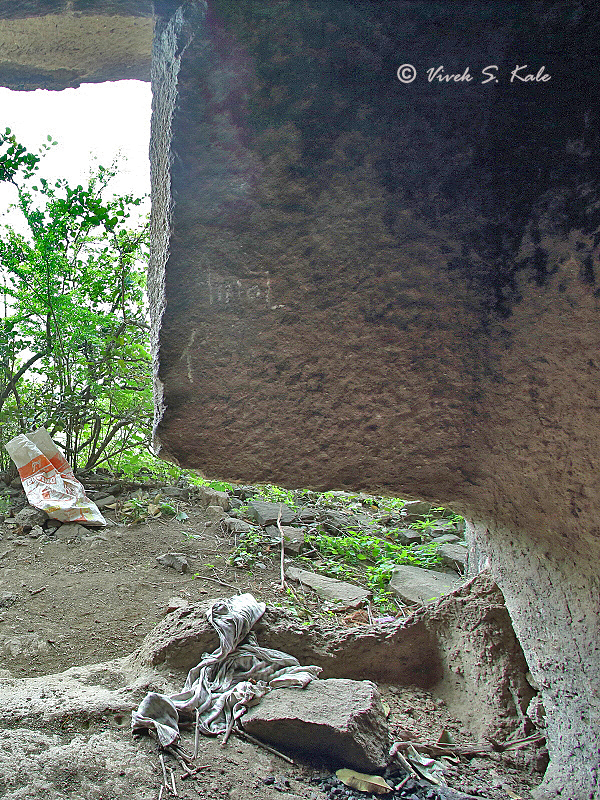 |
| |
| 56. Cave#3, Nanoli Caves, Maval Tehsil, Pune district, Maharashtra, India |
| |
|
|
| |
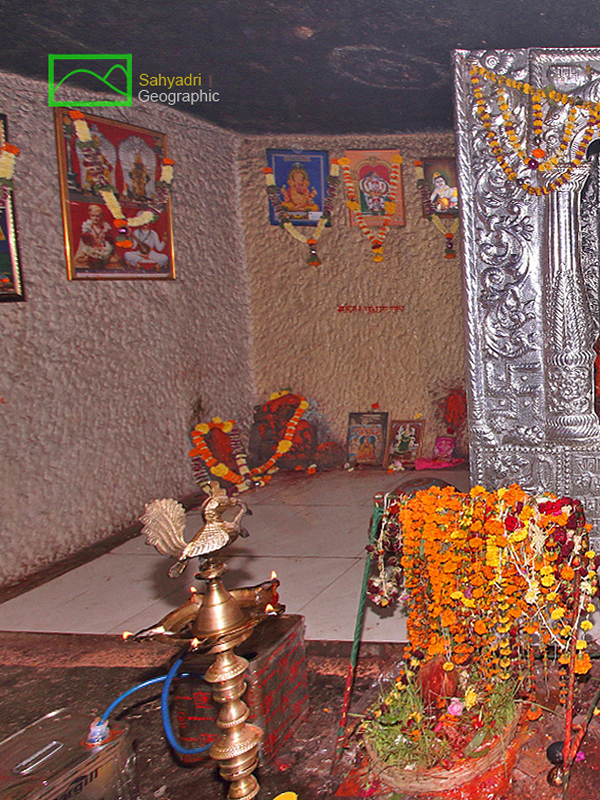 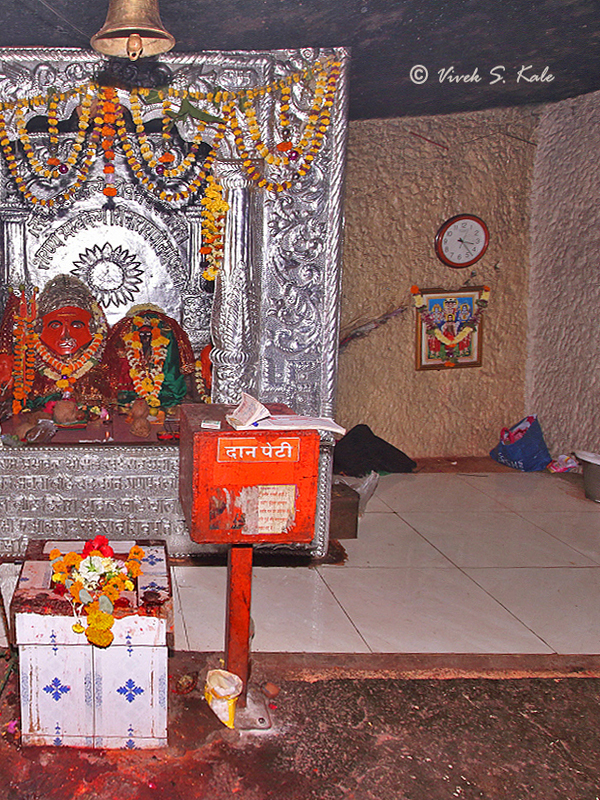 |
| |
| 57. Firangai Godess, Cave#1, Nanoli Caves, Maval Tehsil, Pune district, Maharashtra, India |
| |
|
|
| |
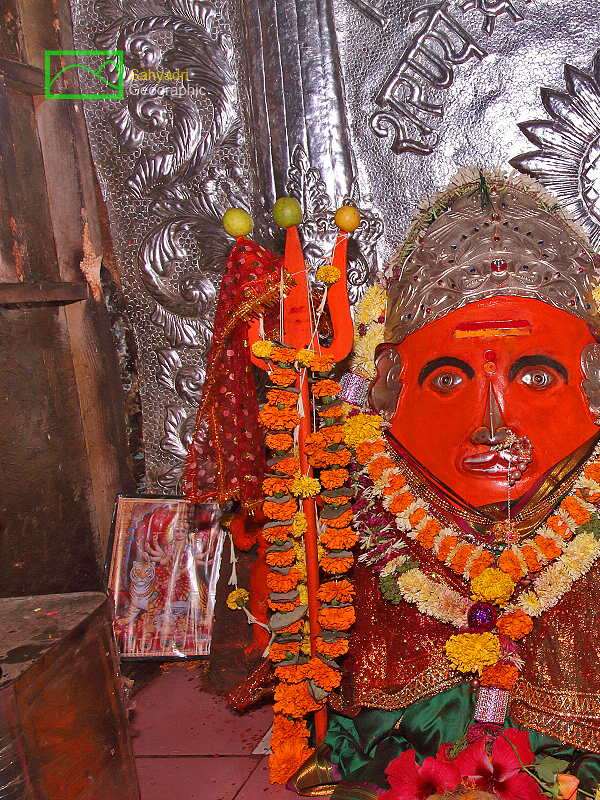  |
| |
| 58. Firangai Godess, Cave#1, Nanoli Caves, Maval Tehsil, Pune district, Maharashtra, India |
| |
|
|
| |
 |
| |
|
|
References :
1. Cave temples of India, London, 1880, Fergusson James and Burgess James.
2. Gazetters of Bombay Presidency, Poona District, Volume XVIII, 1885.
3. Buddhist architecture of western India, 1981, S. Nagraju.
4. Myth and Reality, Studies in the Formation of Indian Culture
by D. D. Kosambi
5. History and Society, Problems of Interpretation, by D. D. Kosambi
|
| |
|
|
| |
|

























































































































